
Sultan, Imran
Graduate Student

Graduate Student

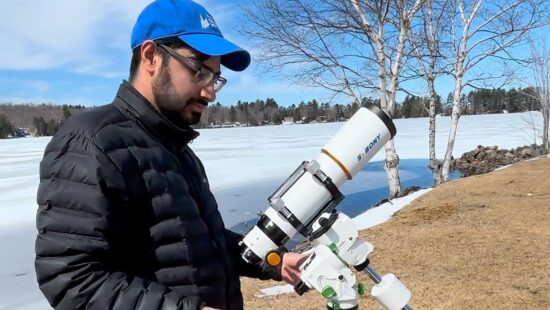
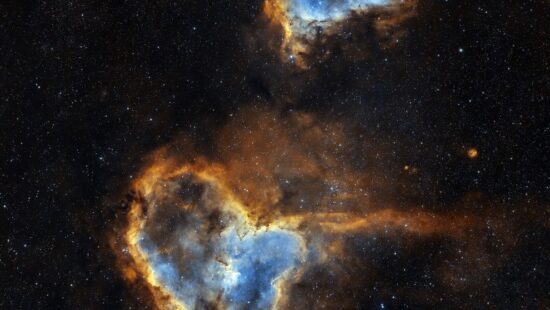
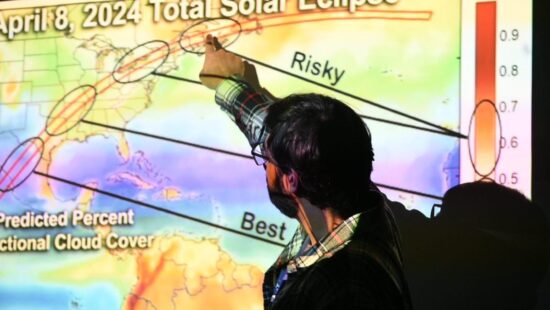
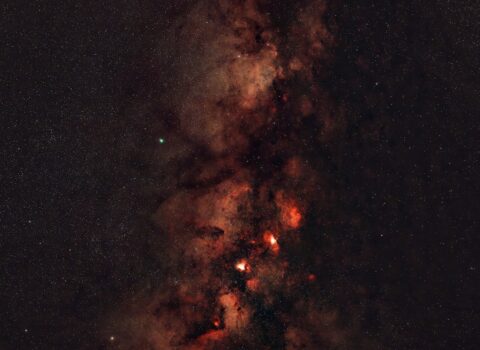

As comet C/2025 R2 (SWAN) made its closest approach to us, it passed in front of the core of our galaxy. In this wide-field image of the comet on October 19, Comet SWAN is the bright green dot on the left. To the right, the bright Eagle Nebula and Swan Nebula are in view along with several star clusters. CIERA Graduate Student Imran Sultan captured this image from dark skies in northern Illinois, using a 50mm camera lens and a filter that isolates light emitted by ionized gas in nebulae in our galaxy.
Imran Sultan/Northwestern/CIERA
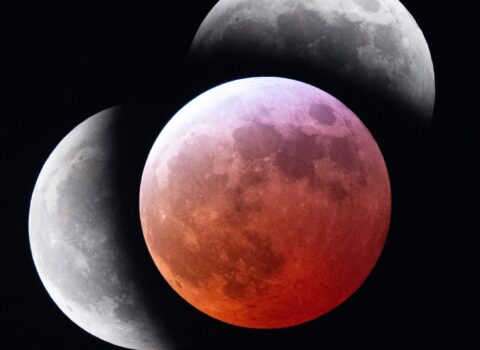
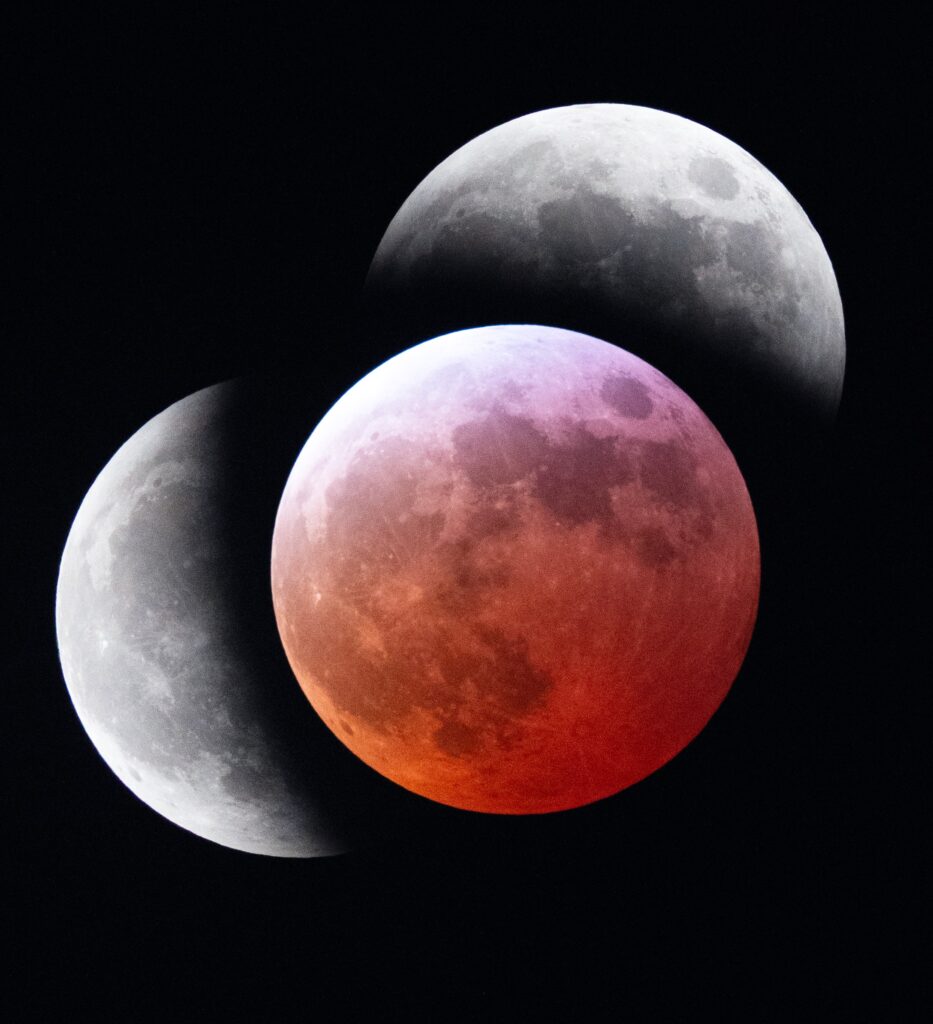
The blood moon was visible during a total lunar eclipse, when Earth cast its shadow over the moon. This photo was taken by CIERA graduate student Imran Sultan, amateur astrophotographer and member of Professor Claude-André Faucher-Giguère‘s research group. Sultan photographed the entire event, which lasted about four hours early Friday morning (12-4am), using a refractor
Imran Sultan/Northwestern/CIERA
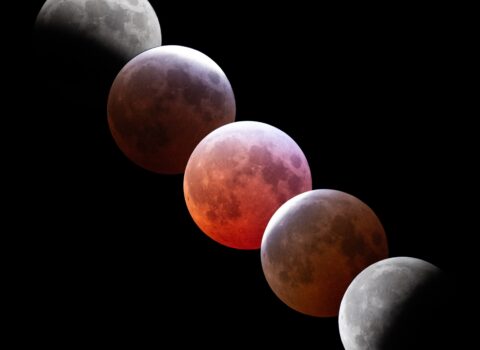
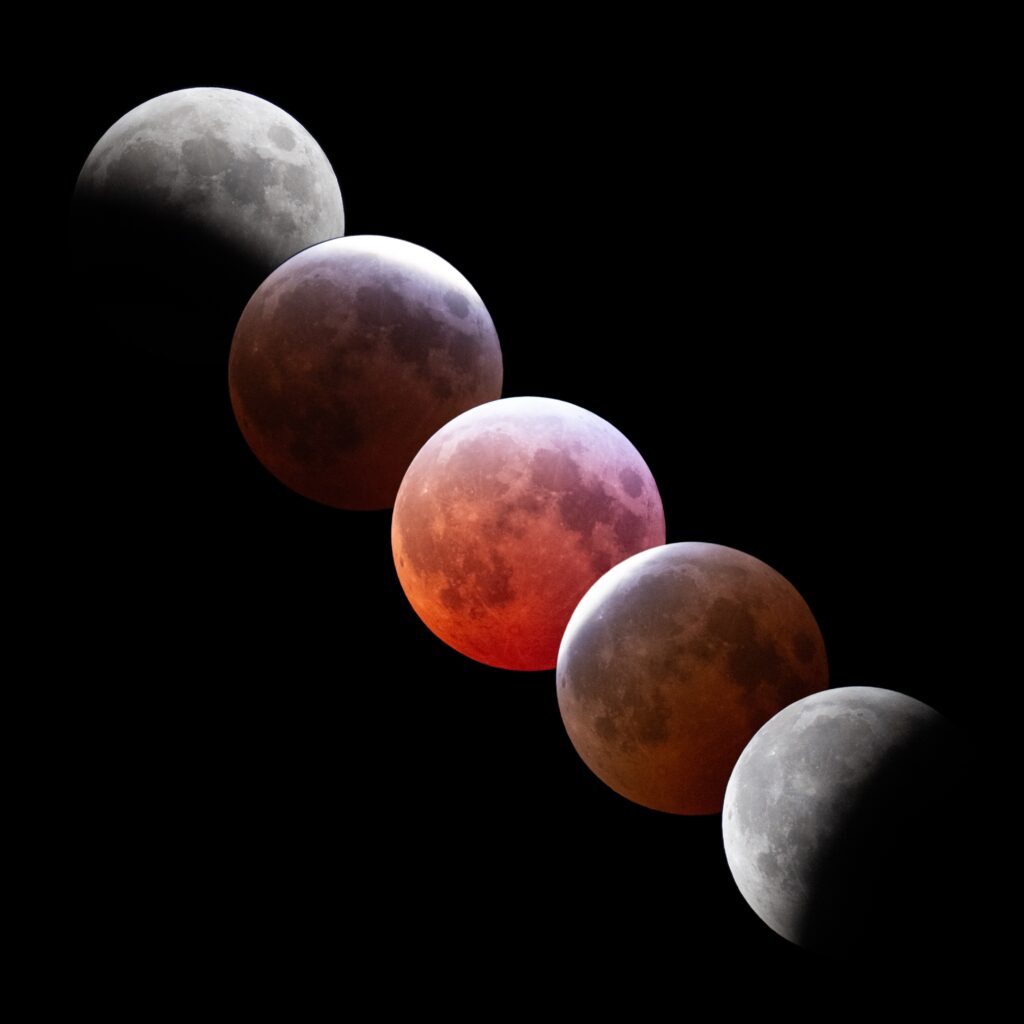
The blood moon was visible during a total lunar eclipse, when Earth cast its shadow over the moon. This photo was taken by CIERA graduate student Imran Sultan, amateur astrophotographer and member of Professor Claude-André Faucher-Giguère‘s research group. Sultan photographed the entire event, which lasted about four hours early Friday morning (12-4am), using a refractor
Imran Sultan/Northwestern/CIERA
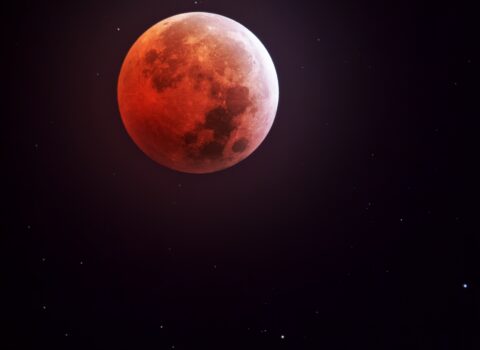
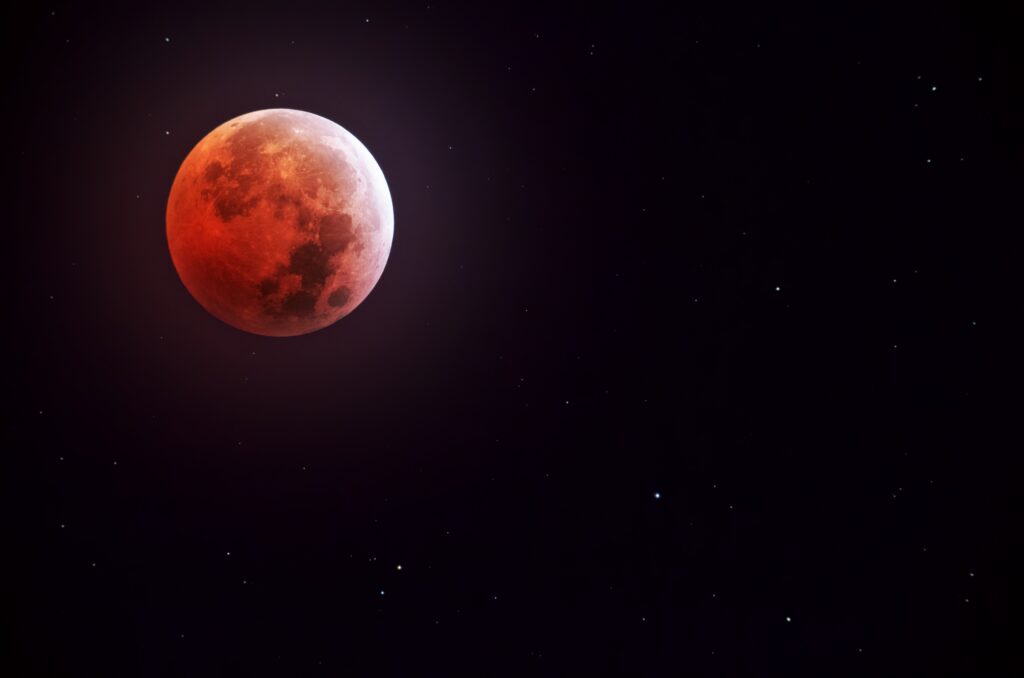
The blood moon was visible during a total lunar eclipse, when Earth cast its shadow over the moon. This photo was taken by CIERA graduate student Imran Sultan, amateur astrophotographer and member of Professor Claude-André Faucher-Giguère‘s research group. Sultan photographed the entire event, which lasted about four hours early Friday morning (12-4am), using a refractor
Imran Sultan/Northwestern/CIERA
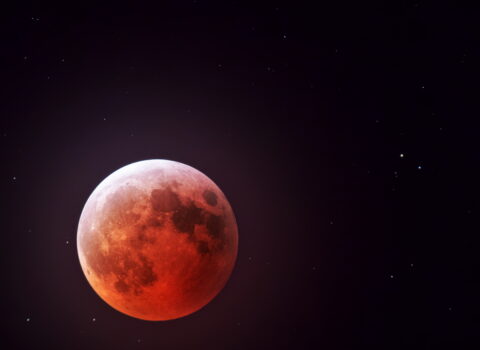
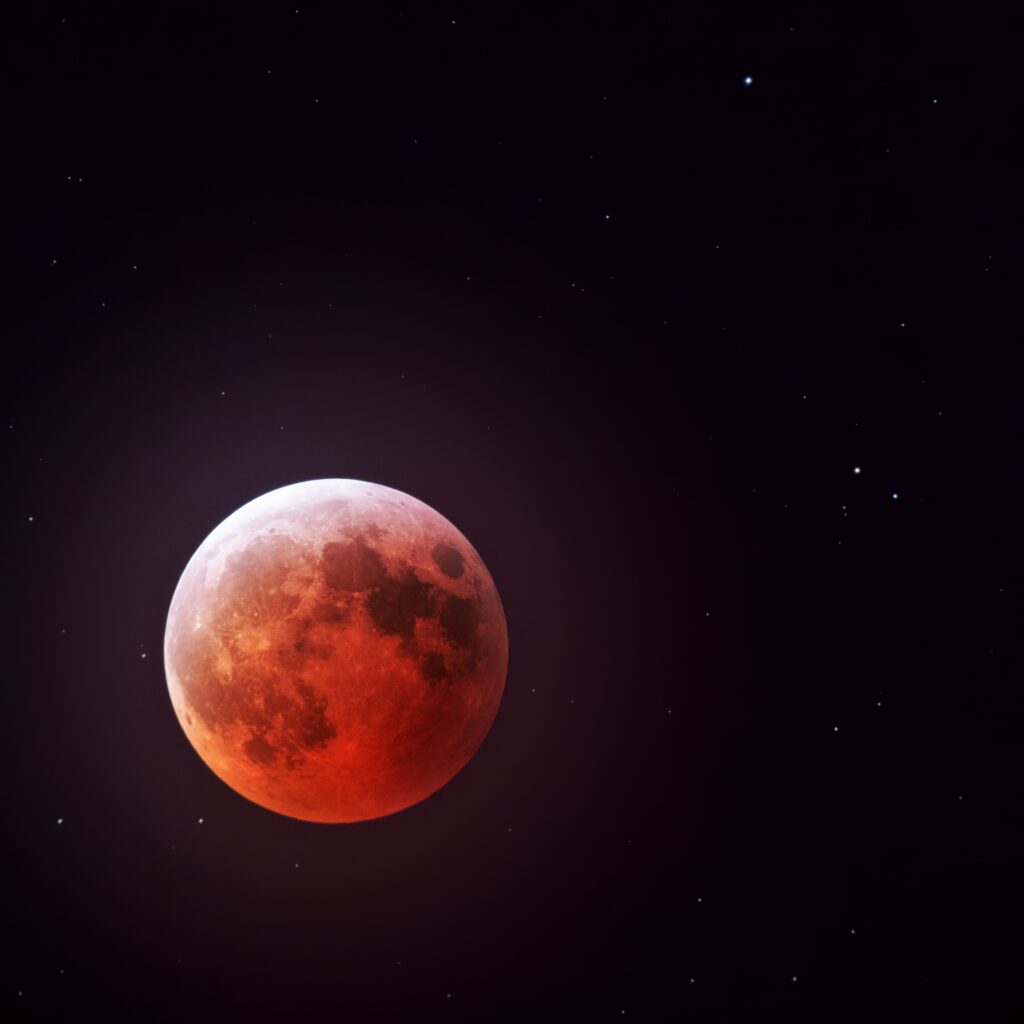
The blood moon was visible during a total lunar eclipse, when Earth cast its shadow over the moon. This photo was taken by CIERA graduate student Imran Sultan, amateur astrophotographer and member of Professor Claude-André Faucher-Giguère‘s research group. Sultan photographed the entire event, which lasted about four hours early Friday morning (12-4am), using a refractor
Imran Sultan/Northwestern/CIERA
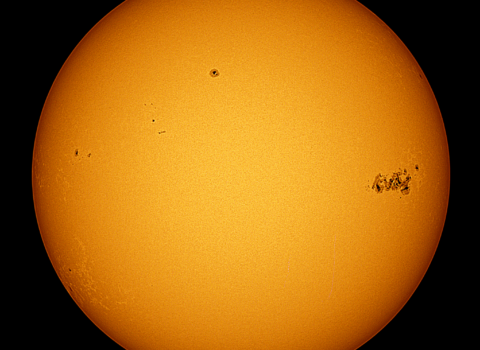
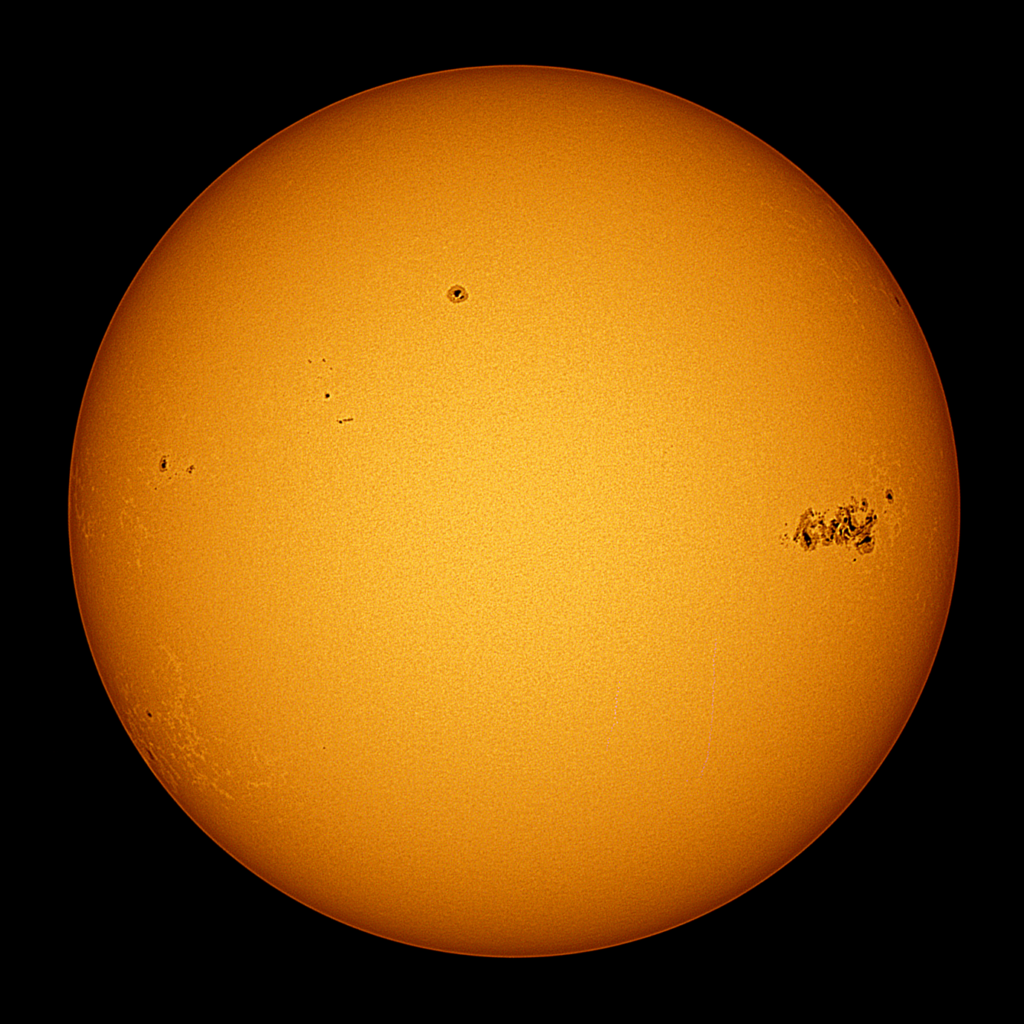
Between May 10 – 14, 2024 a series of powerful solar storms led to the production of visible aurorae far further towards the equator than normal. This photo was taken by CIERA graduate student Imran Sultan, amateur astrophotographer and member of Professor Claude-André Faucher-Giguère‘s research group. Sultan took this photo on May 10 in Evanston.
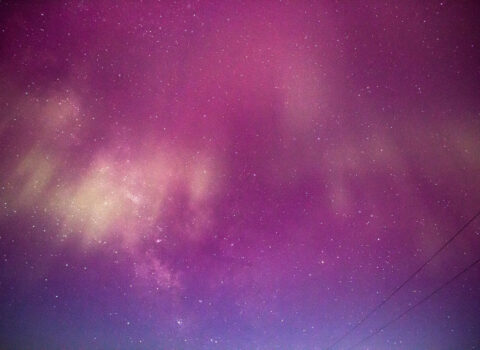
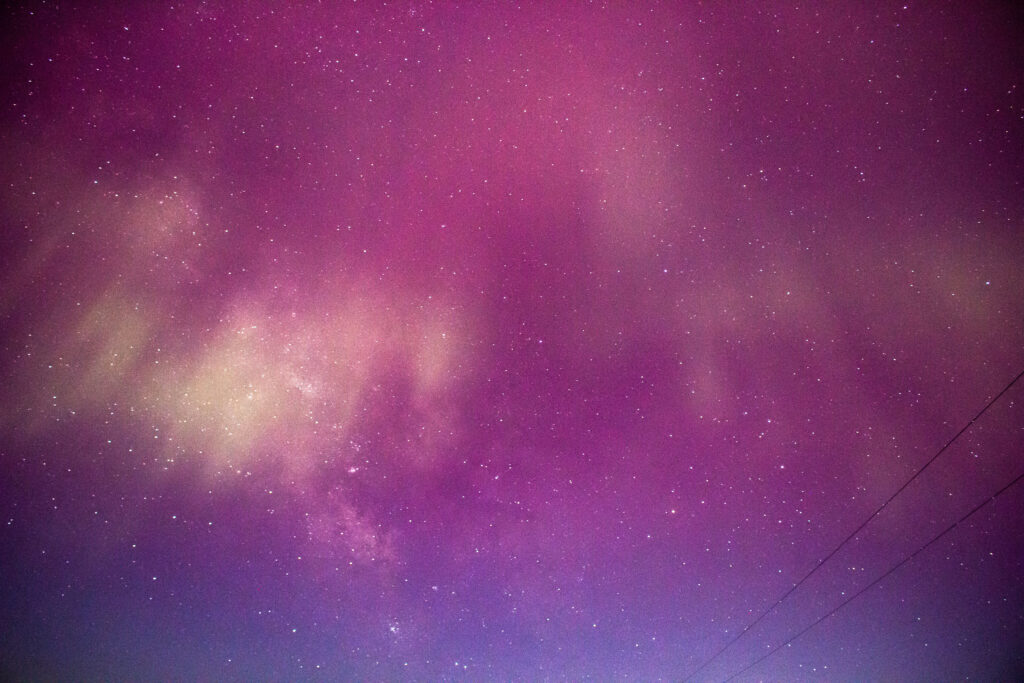
Between May 10 – 14, 2024 a series of powerful solar storms led to the production of visible aurorae far further towards the equator than normal. This photo was taken by CIERA graduate student Imran Sultan, amateur astrophotographer and member of Professor Claude-André Faucher-Giguère‘s research group. Sultan took this photo from dark skies in Wisconsin
Imran Sultan/Northwestern/CIERA
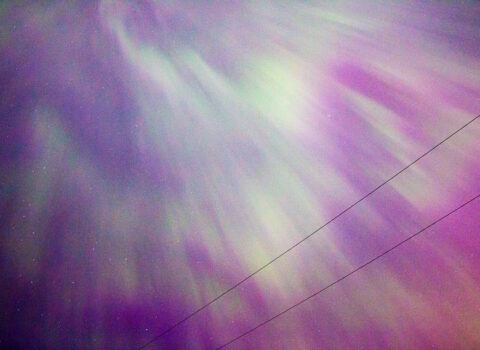
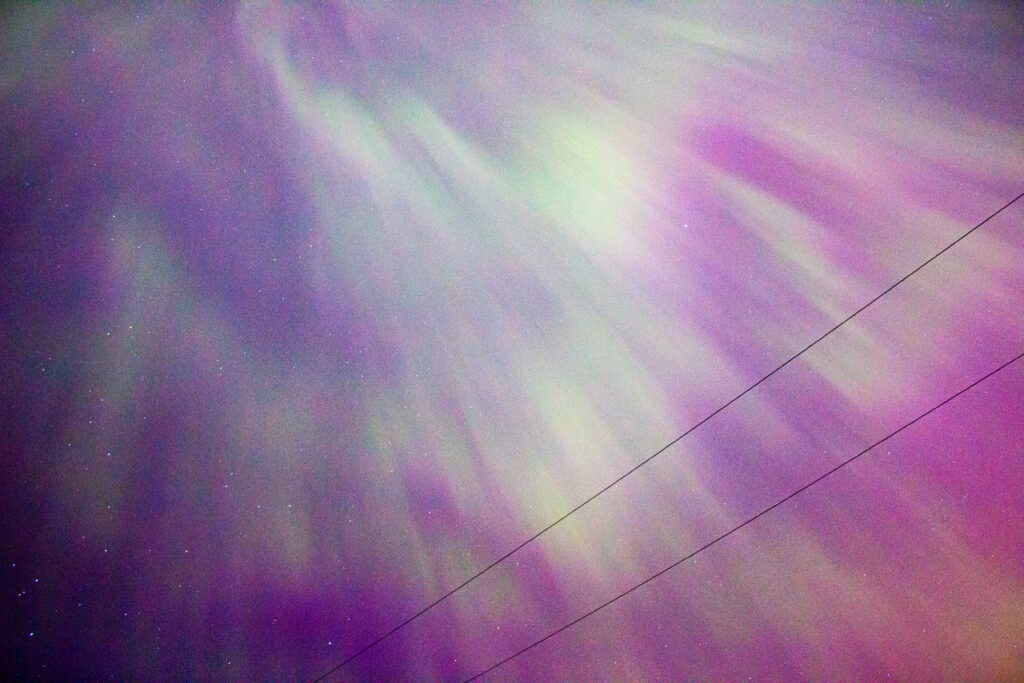
Between May 10 – 14, 2024 a series of powerful solar storms led to the production of visible aurorae far further towards the equator than normal. This photo was taken by CIERA graduate student Imran Sultan, amateur astrophotographer and member of Professor Claude-André Faucher-Giguère‘s research group. Sultan took this photo from dark skies in Wisconsin
Imran Sultan/Northwestern/CIERA
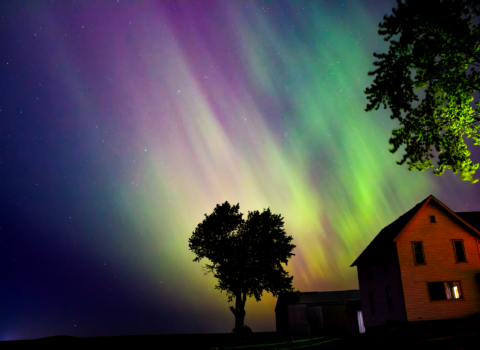

Between May 10 – 14, 2024 a series of powerful solar storms led to the production of visible aurorae far further towards the equator than normal. This photo was taken by CIERA graduate student Imran Sultan, amateur astrophotographer and member of Professor Claude-André Faucher-Giguère‘s research group. Sultan took this photo from dark skies in Wisconsin
Imran Sultan/Northwestern/CIERA
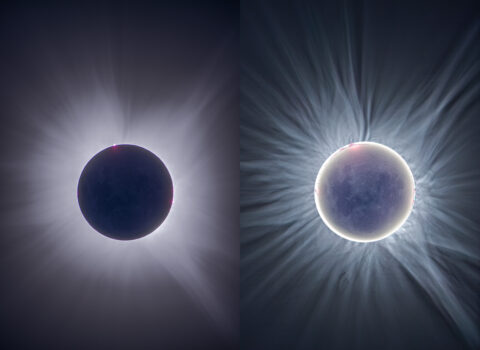
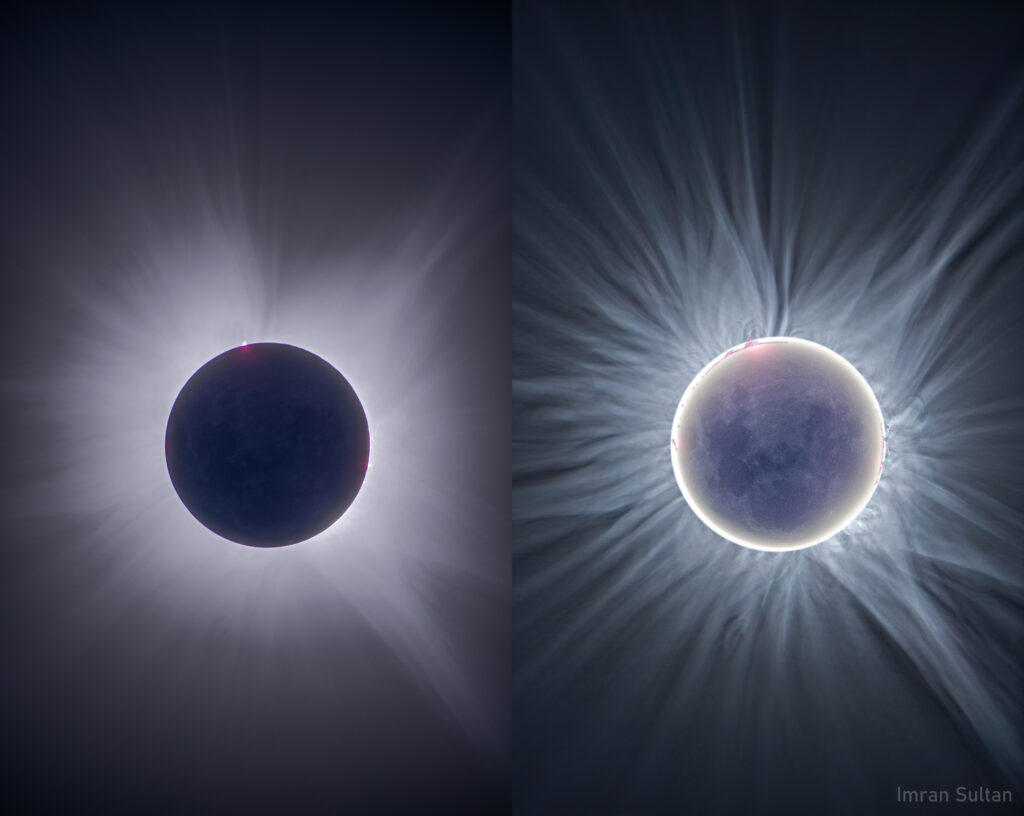
Many CIERA members travelled to the April 8th solar eclipse’s path of totality, including graduate student Imran Sultan. This photo was taken from Millinocket, Maine, the last part of the US on the path of totality. Totality is the only time we can see the sun’s corona with our eyes, when the moon has fully eclipsed the
Imran Sultan/Northwestern/CIERA
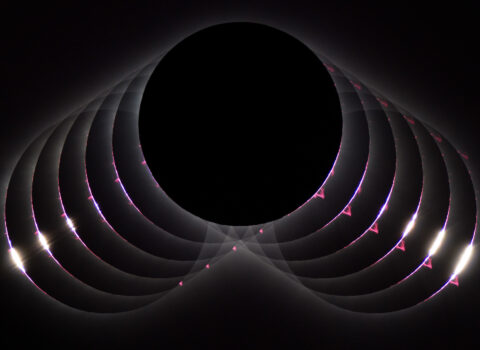

Many CIERA members travelled to the April 8th solar eclipse’s path of totality, including graduate student Imran Sultan. This photo was taken from Millinocket, Maine, the last part of the US on the path of totality. Moments before totality, we can see Baily’s Beads, which is sunlight going through the mountains, craters, and valleys on the moon.
Imran Sultan/Northwestern/CIERA
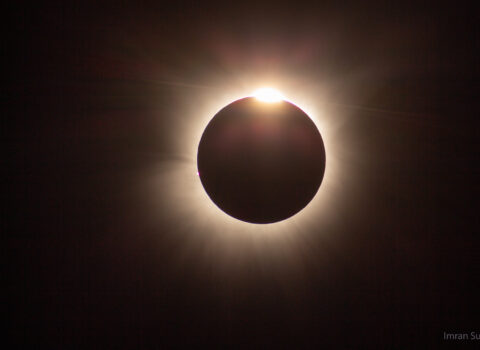

Many CIERA members travelled to the April 8th solar eclipse’s path of totality, including graduate student Imran Sultan. This photo was taken from Millinocket, Maine, the last part of the US on the path of totality. The phenomenon pictured here is called the “Diamond Ring” and it occurs seconds before totality, just as the moon is
Imran Sultan/Northwestern/CIERA
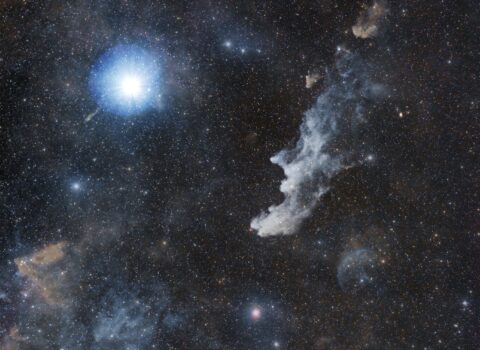
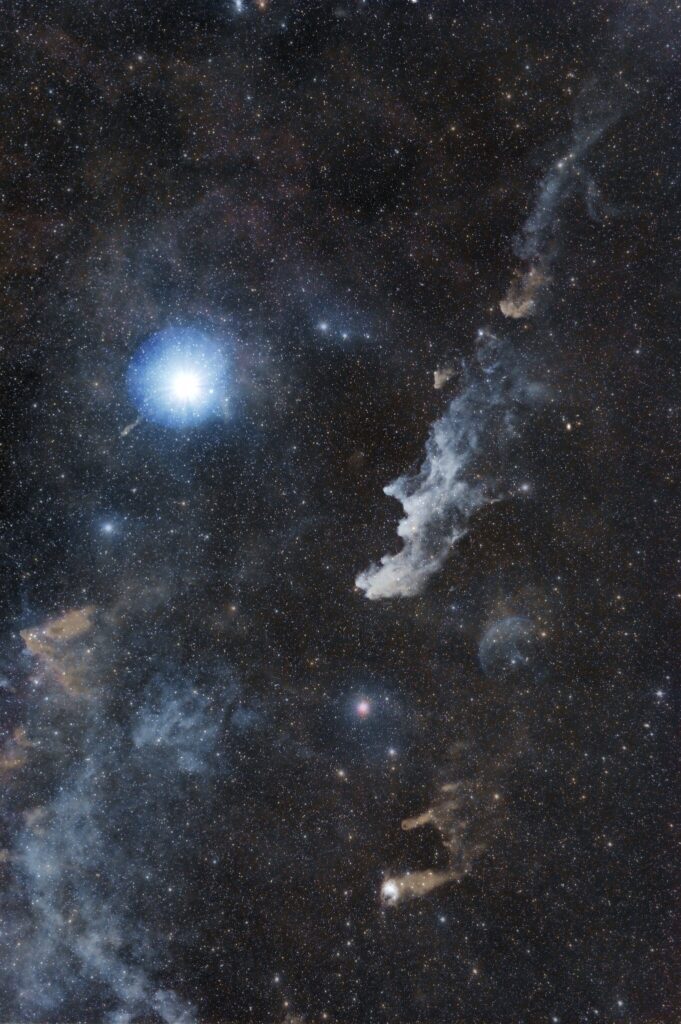
Near Rigel, a bright star found in the constellation Orion, lies the Witch Head Nebula (look closely to see the face!). This nebula is a reflection nebula– a cloud of dust that is lit up by nearby stars. Rigel’s starlight reflects off the dust to light up this very faint nebula. Photographer and CIERA graduate
Imran Sultan/Northwestern/CIERA
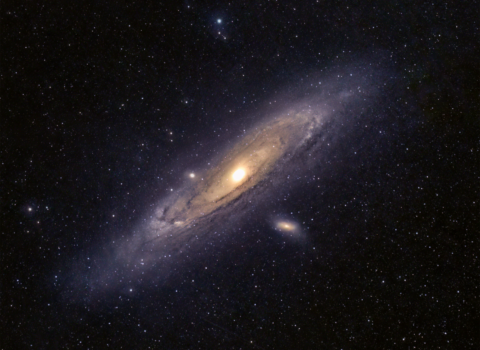
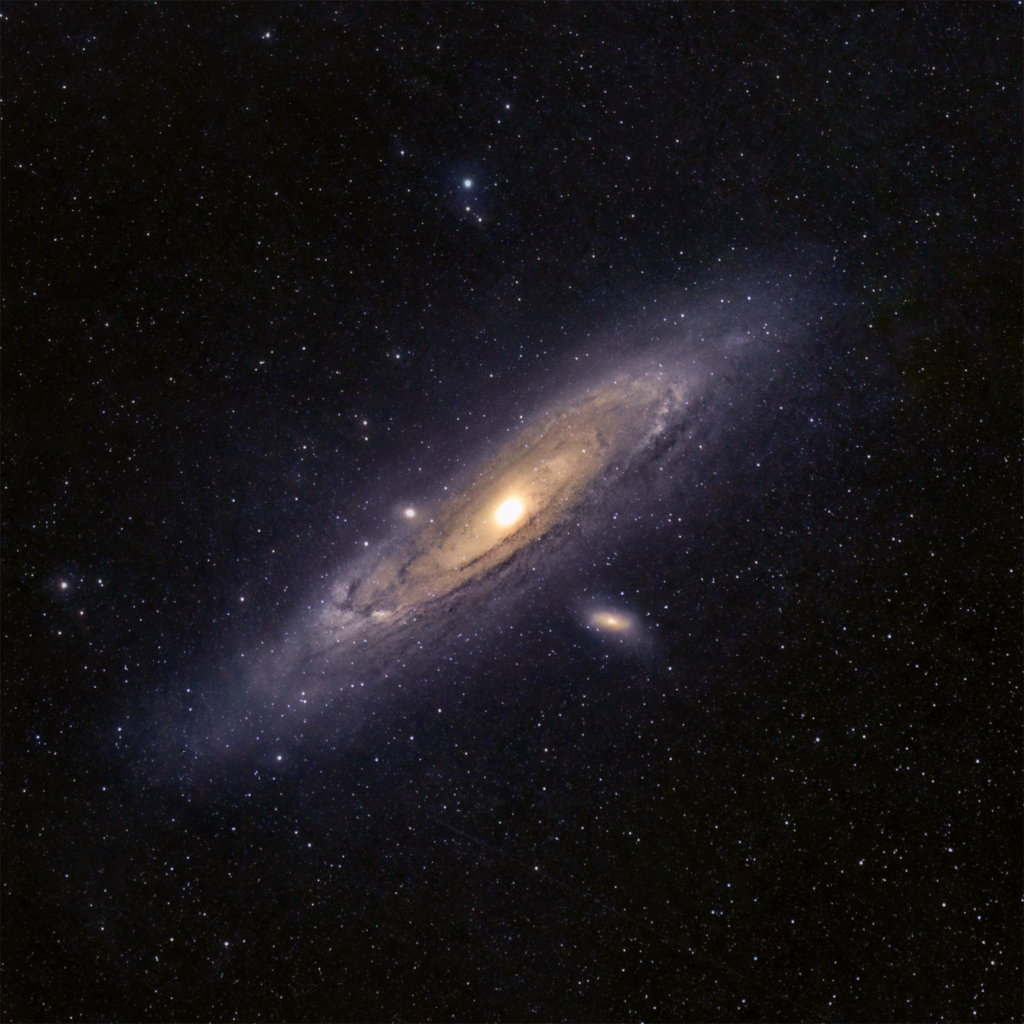
This is a single photo of the Andromeda Galaxy (M31) taken by CIERA graduate student Imran Sultan from the darkest skies in America. Astrophotographers typically “stack” hundreds of photos together to reveal faint detail in images, but the sky here was so dark that just one five minute exposure was enough. Sultan shot the photo
Imran Sultan/Northwestern/CIERA


This composite image depicts photographer and CIERA graduate student Imran Sultan’s progress shooting the Solar System over 2022-2023. Sultan captured the Sun, Venus, Mars, Jupiter, Saturn, and the Moon. Each object in the photo is not to scale (in terms of the angular size of the objects in our sky), since different equipment and processing
Imran Sultan/Northwestern/CIERA
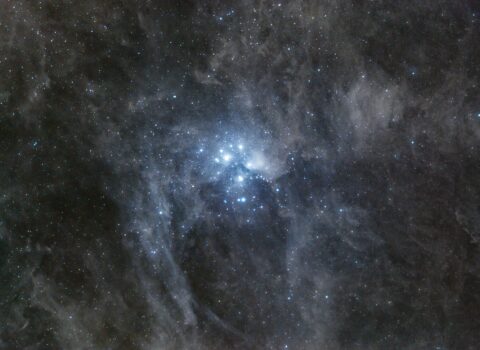

In sufficiently dark skies, you can spot a handful of stars packed closely together. This is an open star cluster called the Pleiades, also known as the Seven Sisters. Photographer and CIERA graduate student Imran Sultan’s image shows the Pleiades in the center and the nearby reflection nebulosity (there are evidently many more stars than
Imran Sultan/Northwestern/CIERA

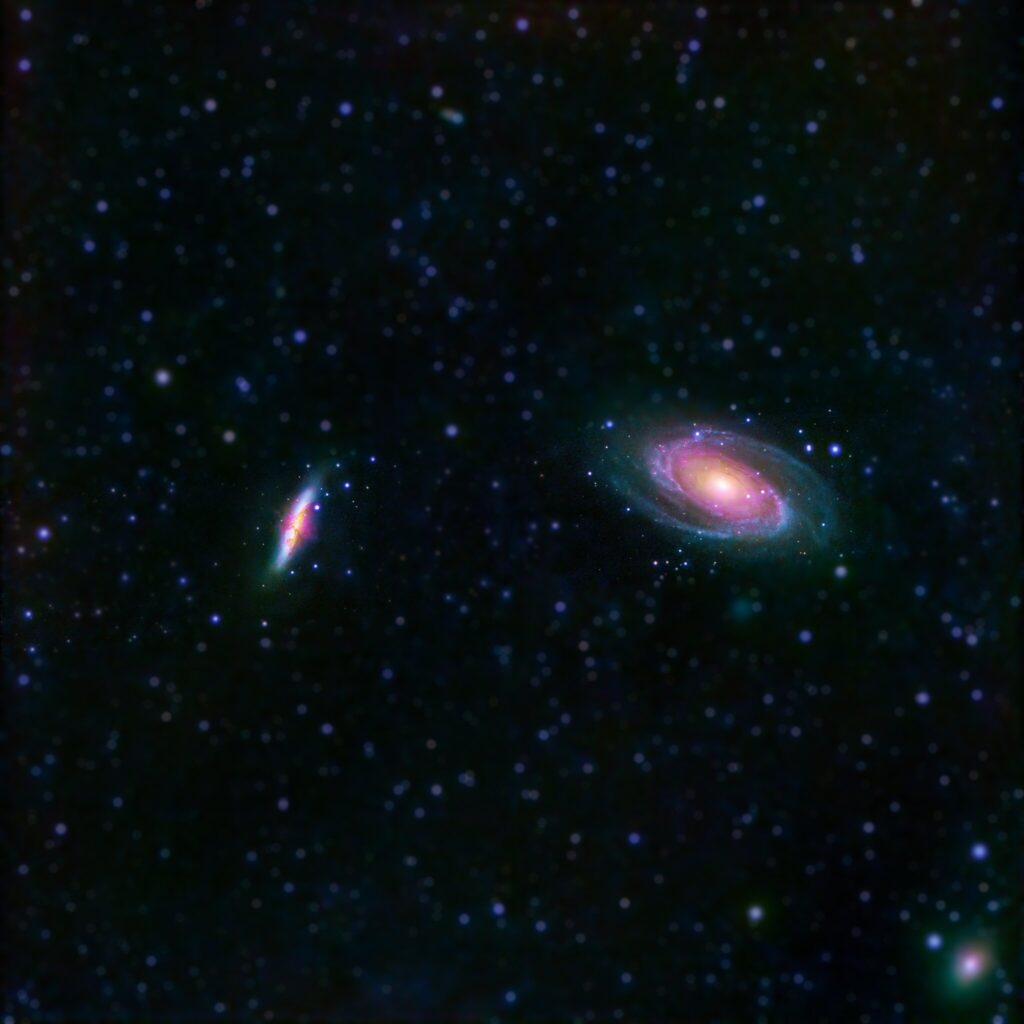
In our sky, close to the handle of the Big Dipper are the two galaxies M81 (Bode’s Galaxy, right) and M82 (Cigar Galaxy, left). These are two of the closest galaxies to our own Milky Way and two of the brightest galaxies in our sky that can be observed with amateur telescopes. Photographer and CIERA
Imran Sultan/Northwestern/CIERA
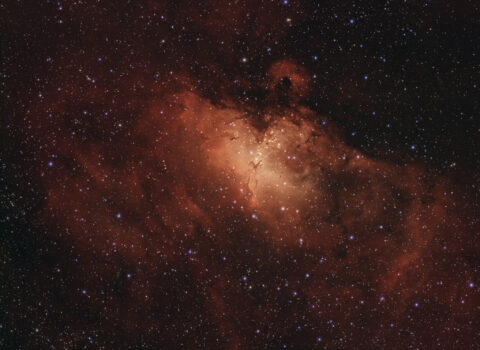
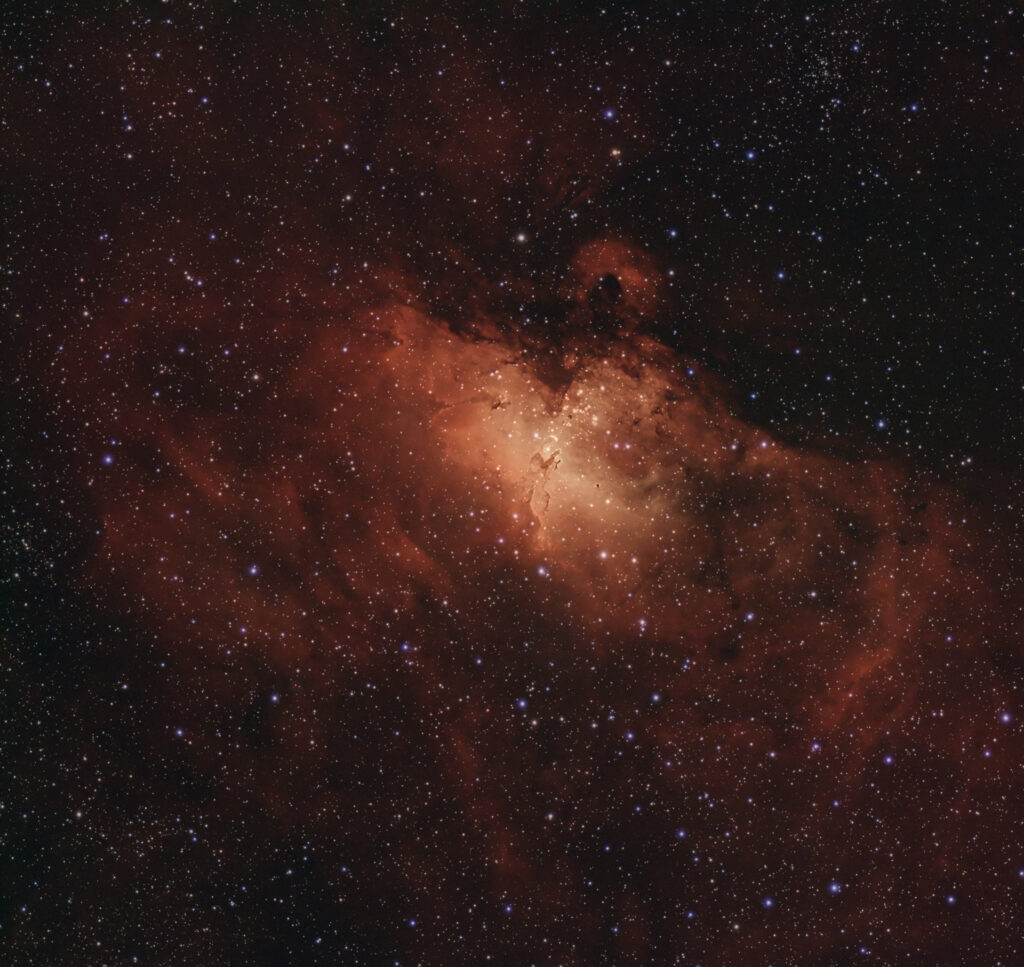
This is a picture of the Eagle Nebula, a magnificent emission nebula. At the heart of the Eagle Nebula are the Pillars of Creation, famously photographed by the Hubble Space Telescope in 1995, and recently by the James Webb Space Telescope. In this image, photographer and CIERA graduate student Imran Sultan depicts the Eagle Nebula
Imran Sultan/Northwestern/CIERA
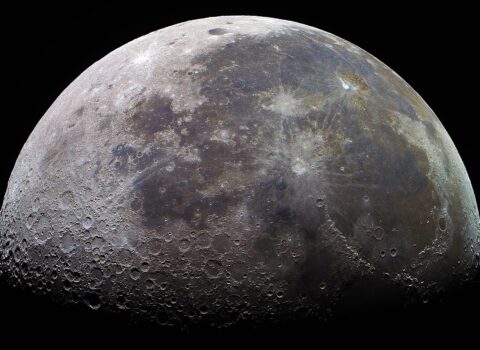
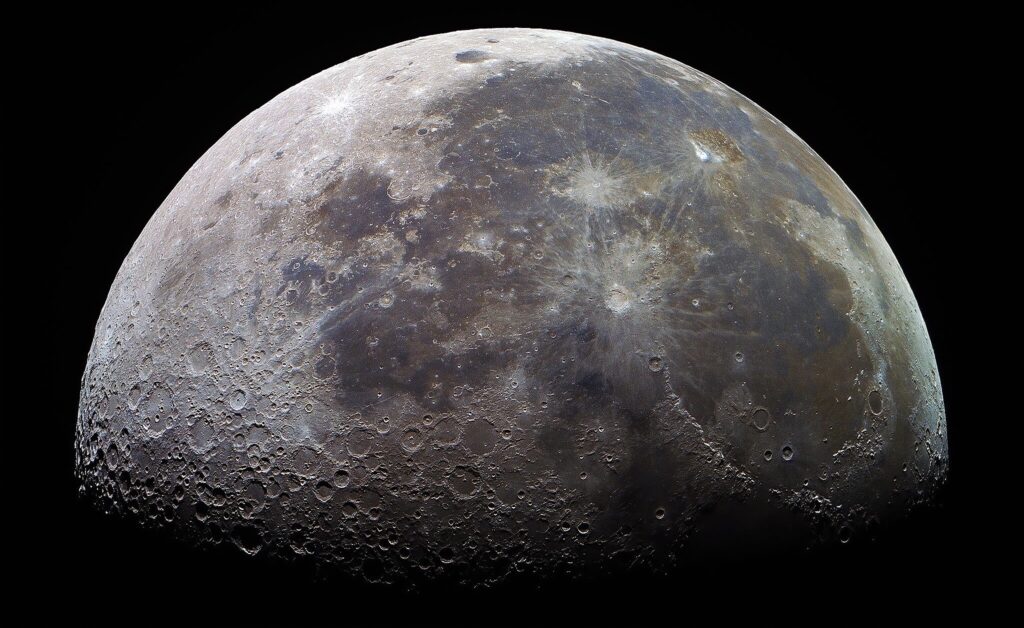
Interestingly, our moon has its own rich colors due to the variety of minerals which compose it– these colors are invisible to the human eye but were all captured by photographer and CIERA graduate student Imran Sultan‘s camera. To improve the color signal Sultan “stacked” or combined over 100 photos, and made saturation adjustments to increase
Imran Sultan/Northwestern/CIERA
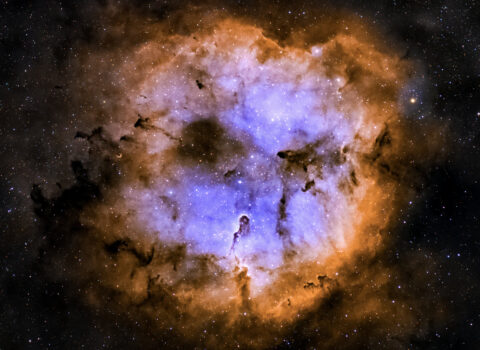
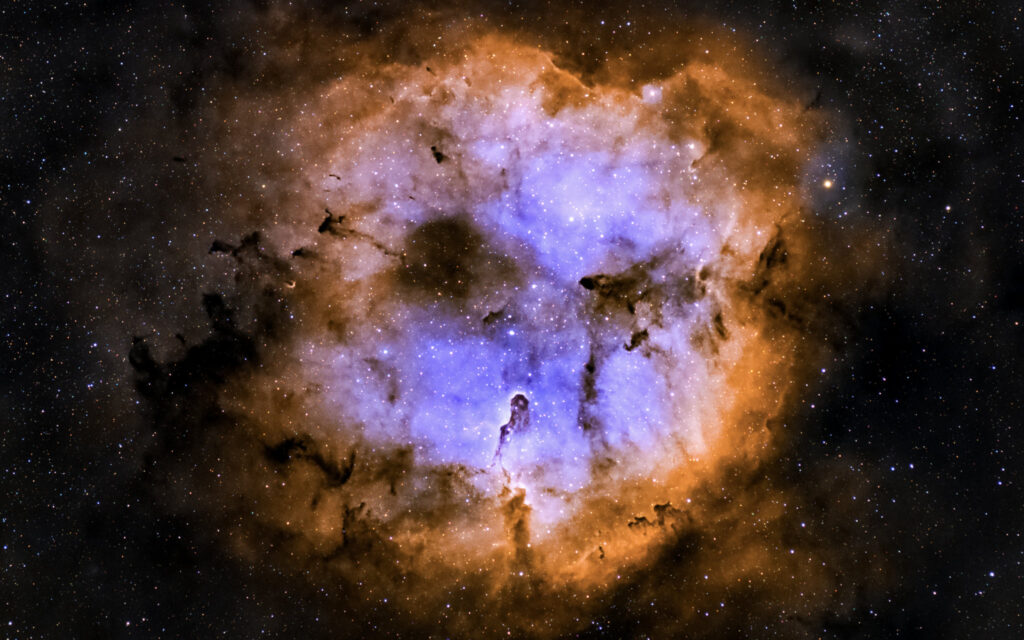
Photographer and CIERA graduate student Imran Sultan captured the Elephant’s Trunk Nebula (IC 1396) over two nights (July 9-10, 2023) from the bright skies of the Chicago suburbs. Observing the Elephant’s Trunk reveals emission from the ionized gas in the star-forming region, shown here in the HOO color palette. Sultan was able to overcome light
Imran Sultan/Northwestern/CIERA

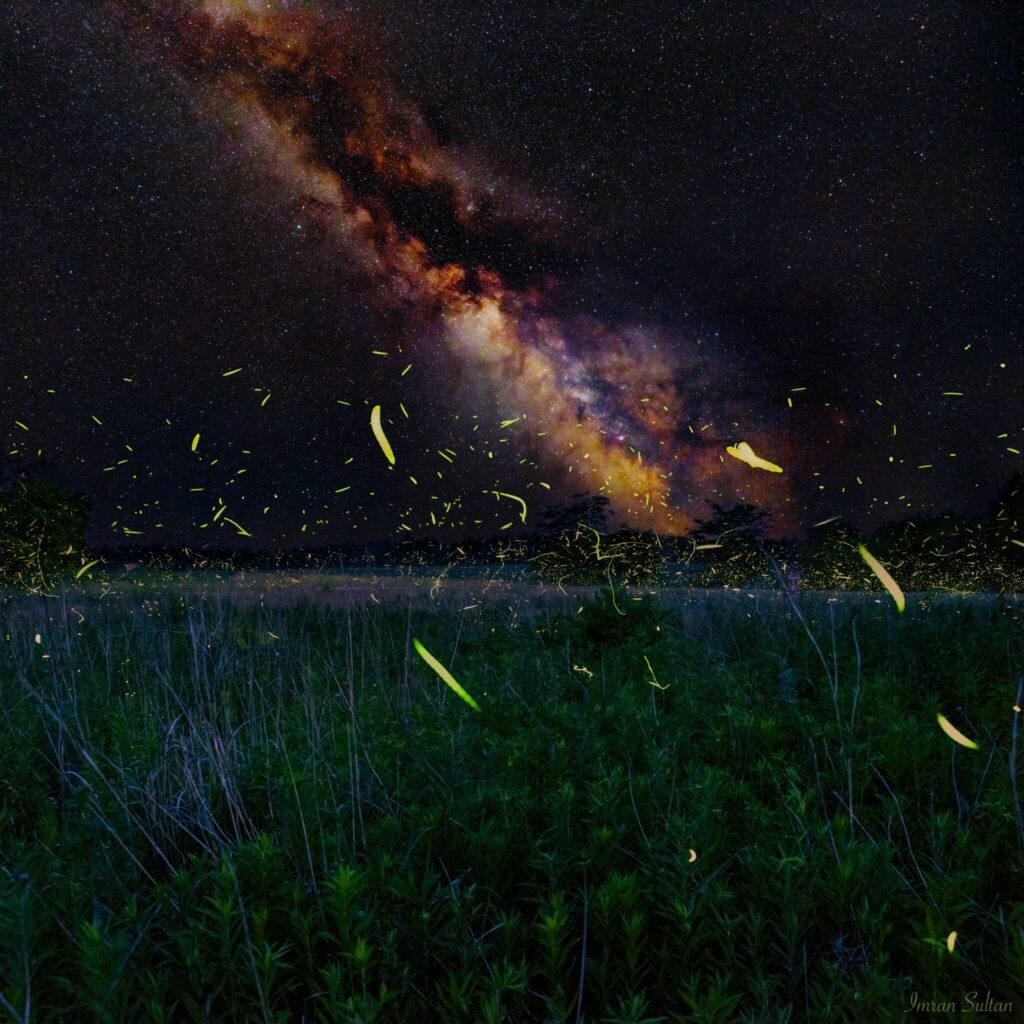
While visiting a dark sky park during mid June of 2023 to see the Milky Way core rise in the summer night sky, photographer and CIERA graduate student Imran Sultan got a rare treat: an incalculable number of fireflies had recently emerged in the central Illinois forest preserve. The dance of the terrestrial and celestial
Imran Sultan/Northwestern/CIERA
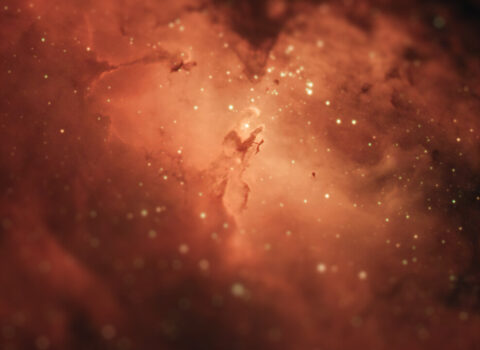
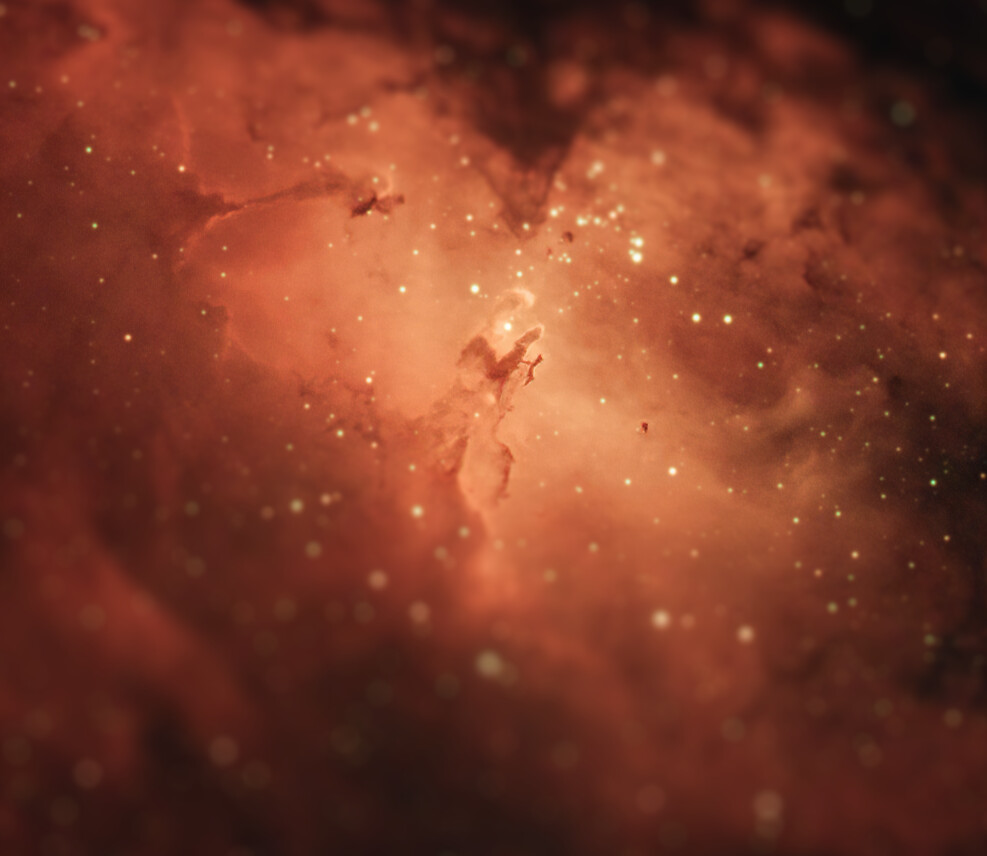
The swirling oranges and sparkling refractions of light in this photo, captured by CIERA graduate student Imran Sultan, are the Pillars of Creation in the Eagle Nebula. The Pillars of Creation are part of an active star-forming region within the nebula and hide newborn stars in their cloud-like columns. This sight was captured from Bortle
Imran Sultan/Northwestern/CIERA
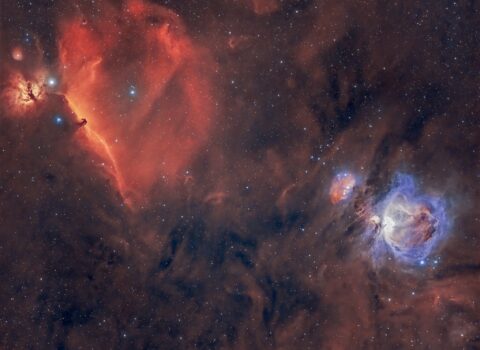
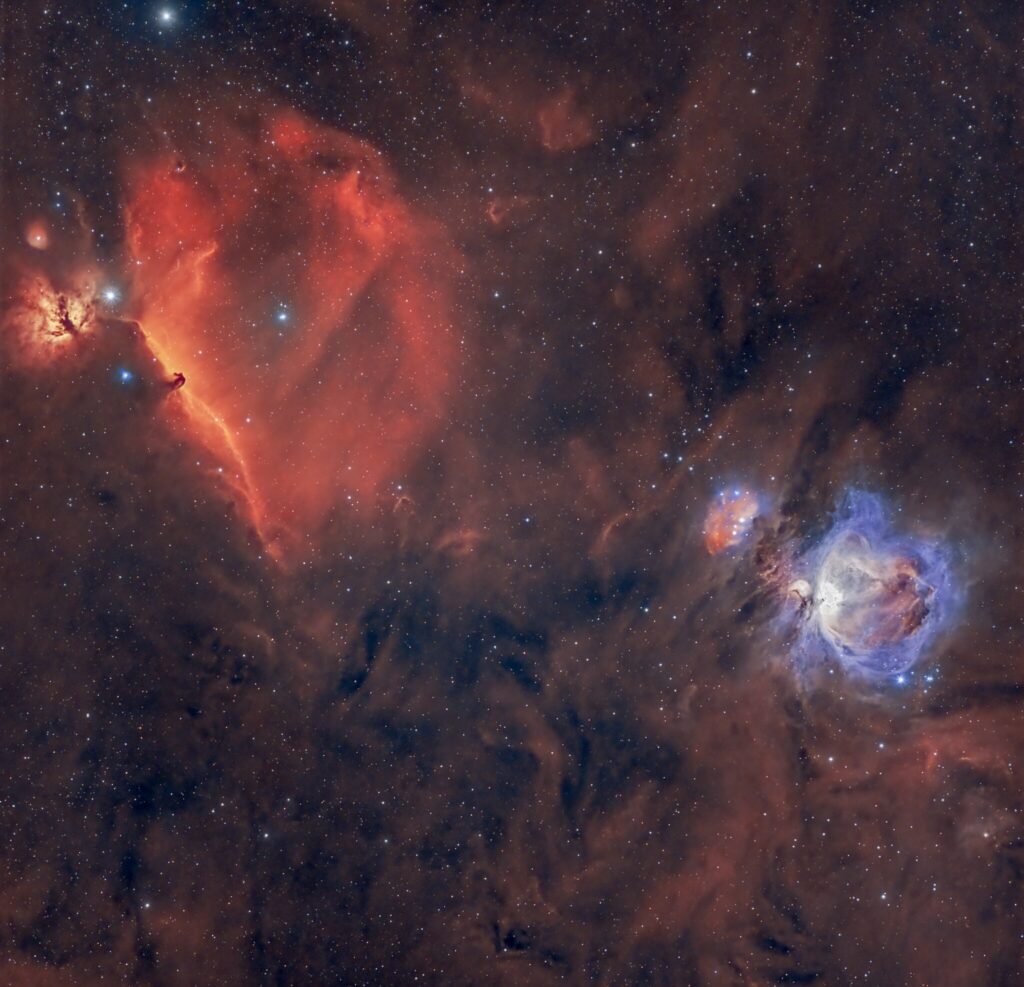
When looking up into the sky, one of the first constellations many see is Orion, made up of three bright stars, one of which is the 11th brightest star in the sky. This photo of the Orion constellation, which also features the Great Orion Nebula and Horsehead/Flame Nebulae, was captured by CIERA graduate student Imran
Imran Sultan/Northwestern/CIERA
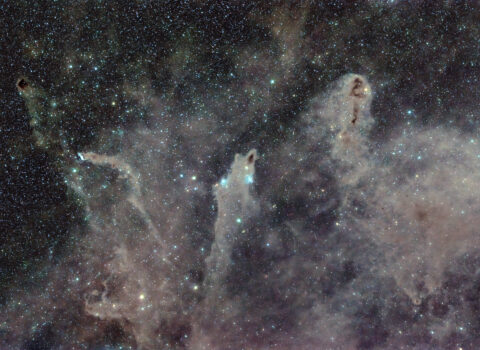
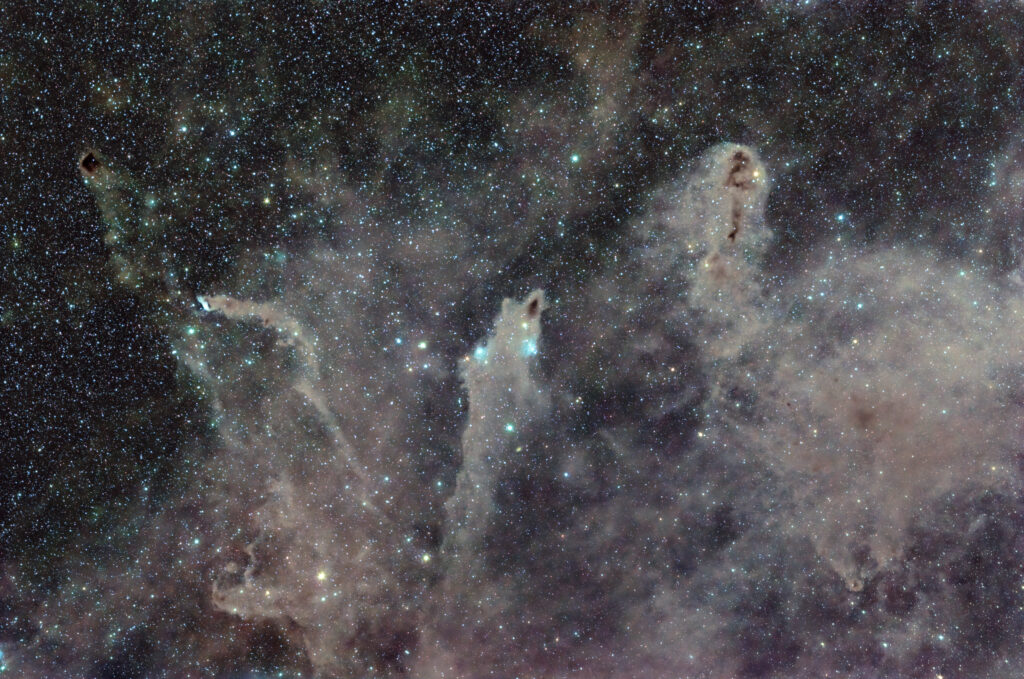
This photo, captured by CIERA graduate student Imran Sultan, is a widefield shot of the interstellar gas and dust in the Cepheus constellation, prominently featuring the Shark Nebula. Interstellar gas is composed primarily of hydrogen, followed by helium with trace amounts of carbon, oxygen, and nitrogen. These clouds’ glowing nature is credited to the fluorescence
Imran Sultan/Northwestern/CIERA
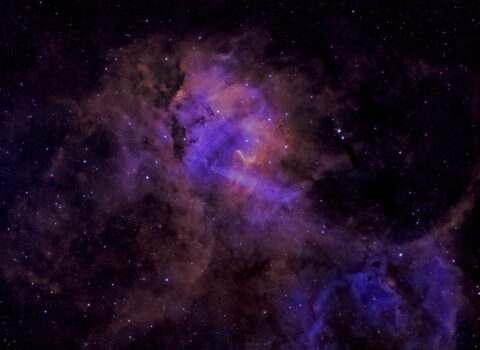
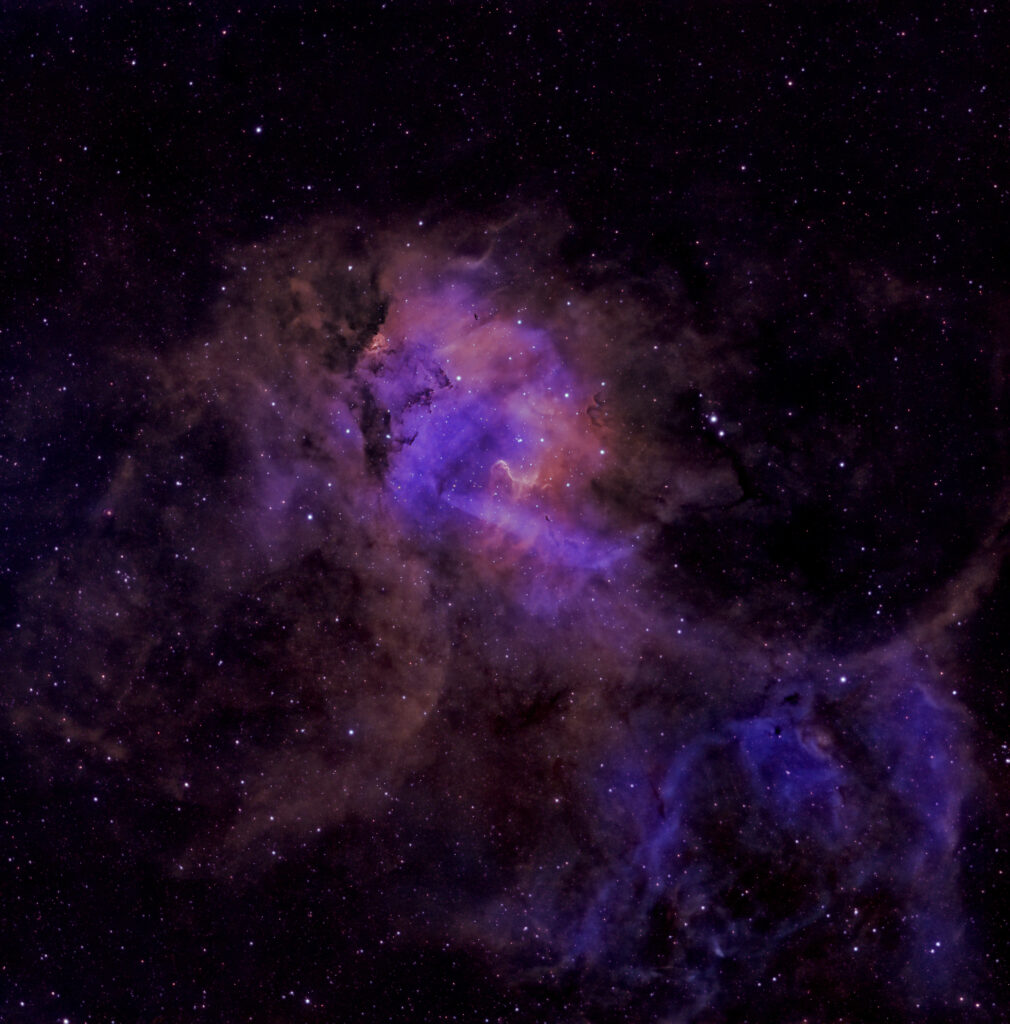
The purple and blue hues in this photo highlight the Lion Nebula, which was shot in the last two nights of July 2023 in dual narrowband (H-alpha and O III) in Illinois. This image was taken by Imran Sultan, a graduate student in CIERA Professor Claude-Andre Faucher-Giguere’s group who practices astrophotography in his free time.
Imran Sultan/Northwestern/CIERA


This is a wide-field view of the Heart and Soul Nebulae in the constellation Cassiopeia. Captured by CIERA graduate student Imran Sultan from Bortle Class 8-9 city skies over three nights in dual narrowband (H-alpha and O III). Sultan, who practices astrophotography in his free time, is a graduate student in CIERA Professor Claude-Andre Faucher-Giguere’s
Imran Sultan/Northwestern/CIERA
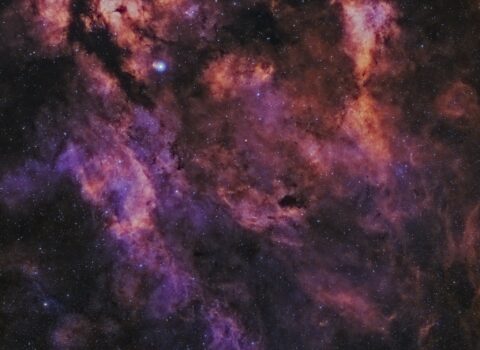
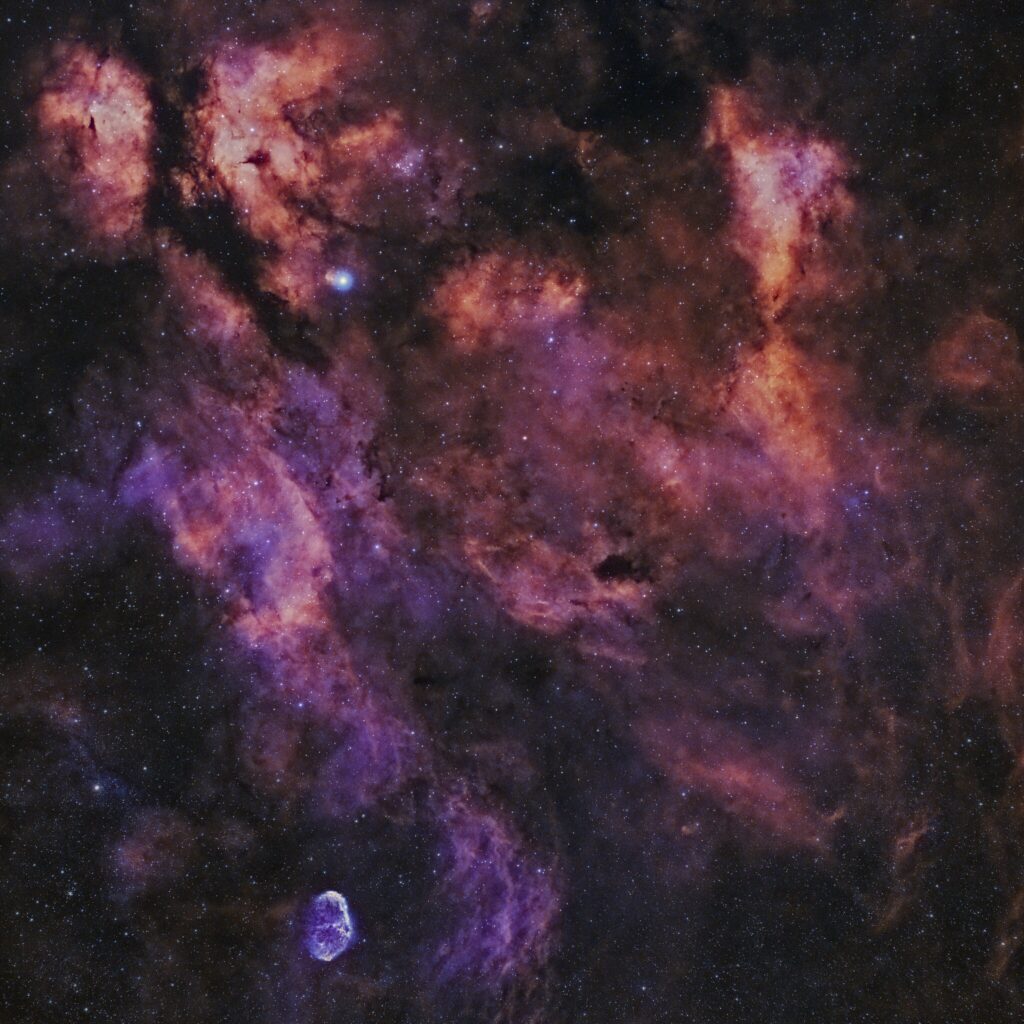
This emission around Sadr (including the Butterfly and Crescent nebulae), was captured by Imran Sultan from Bortle Class 8-9 city skies in narrowband, a filter that allows astronomers to isolate particular emission lines of gasses in astronomical objects. The Bortle Class scale measures the brightness of the night sky, with 8-9 signifying that the sky
Imran Sultan/Northwestern/CIERA
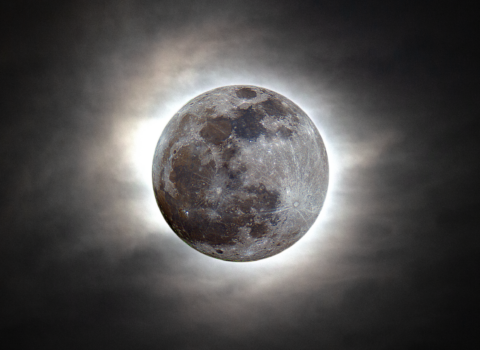
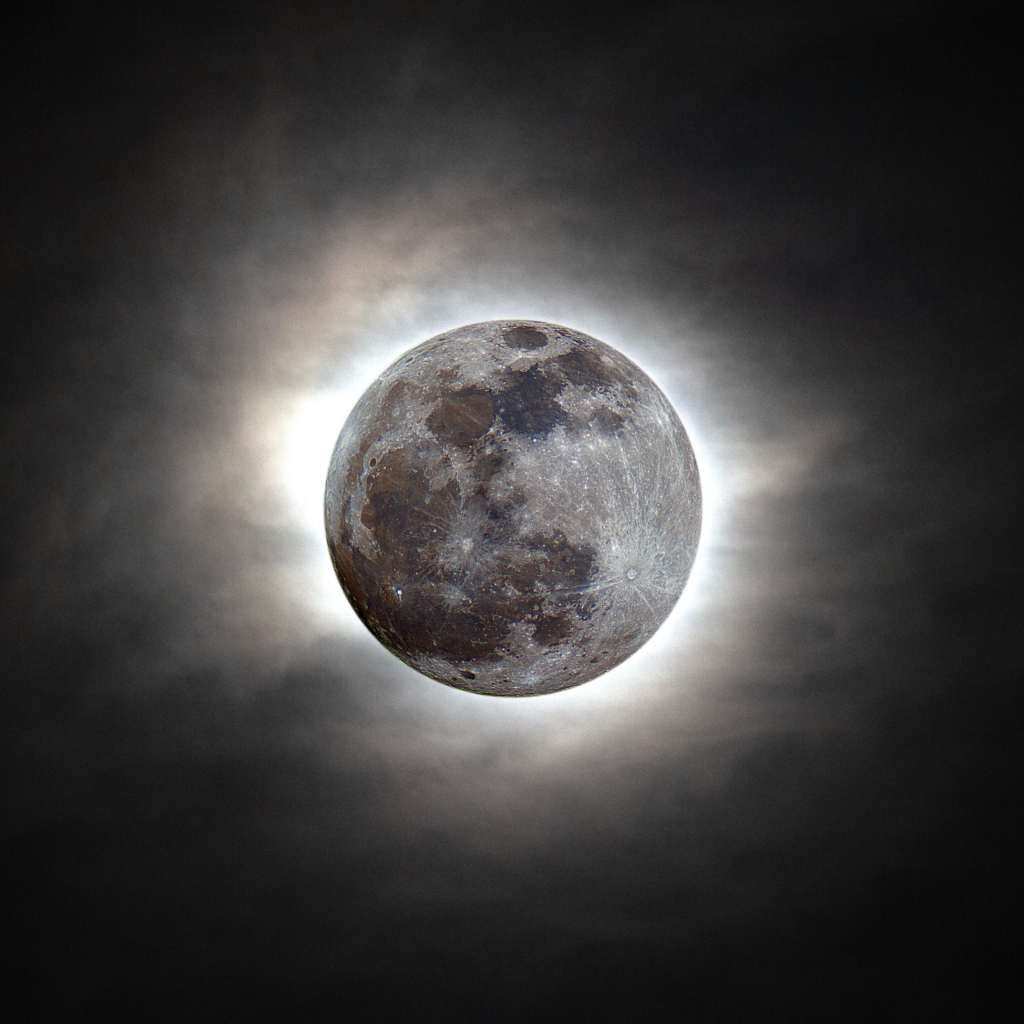
The May 2023 full moon, photographed by graduate student and CIERA member Imran Sultan. This image won runner-up in the 2023 Royal Society Publishing Photography Competition’s astronomy category. “The May full moon is known as the Flower Moon, a name originating from the Algonquin peoples that marks the blooming of flowers during spring. This year’s
Imran Sultan/Northwestern
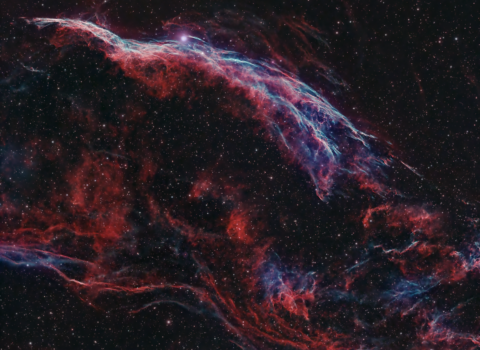
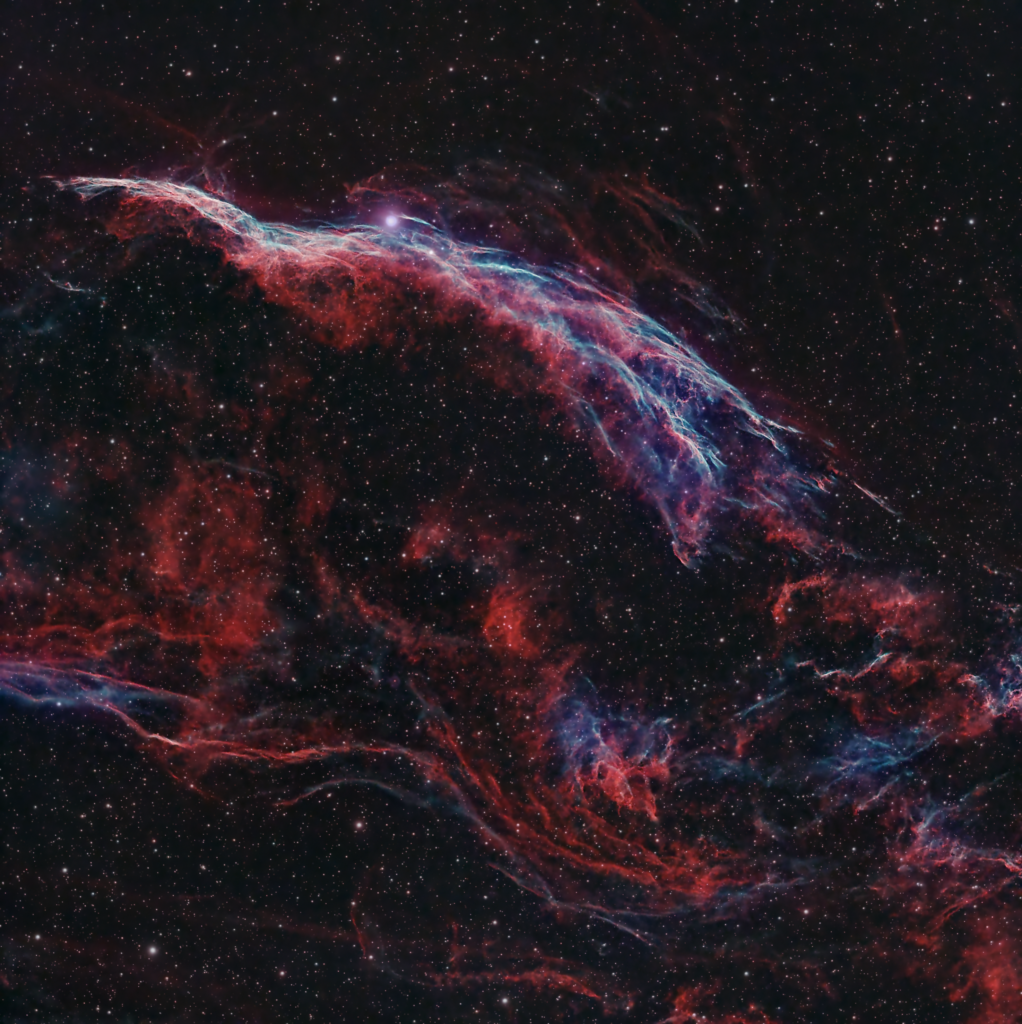
The colorful Western Veil Nebula, photographed by graduate student and CIERA member Imran Sultan, is a stunning remnant left behind from the explosion of a massive star 10,000 to 20,000 years ago. Located 2,100 light-years away, the nebula resides within the constellation Cygnus (the Swan). Sultan’s photo of the Western Veil Nebula won first place in
Imran Sultan

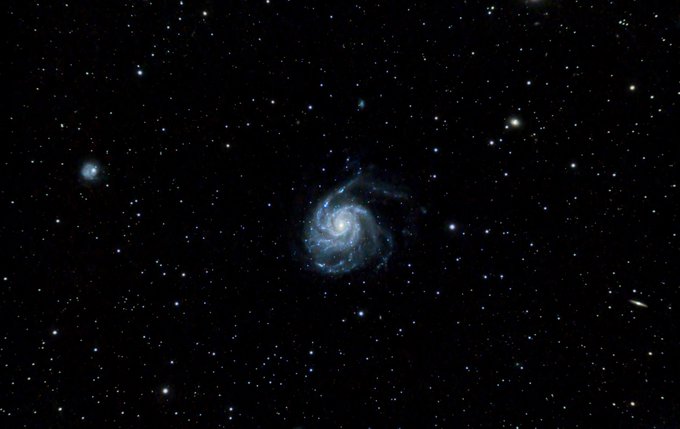
Graduate student Imran Sultan’s photo of the recently visible supernova (SN2023ixf) in the pinwheel galaxy M101. The image was taken overnight, May 20-21, 2023 about 70 miles outside of Chicago. Imran used an 80mm refractor and a DSLR on a star tracker.
Imran Sultan
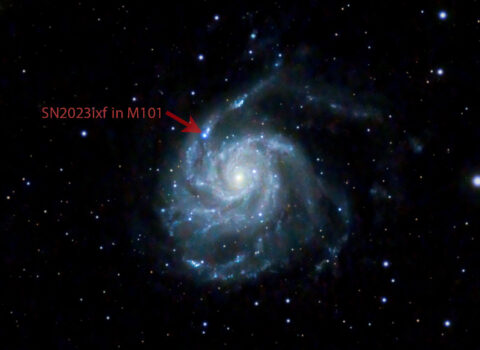

Graduate student Imran Sultan’s photo of the recently visible supernova (SN2023ixf) in the pinwheel galaxy M101. The image was taken overnight, May 20-21, 2023 about 70 miles outside of Chicago. Imran used an 80mm refractor and a DSLR on a star tracker.
Imran Sultan
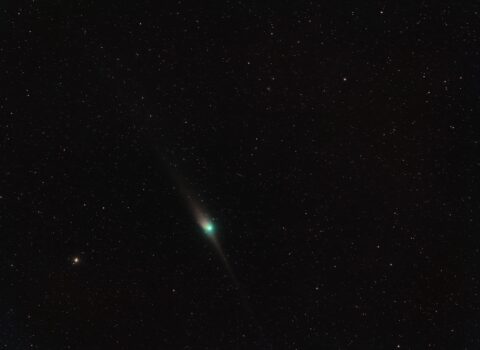
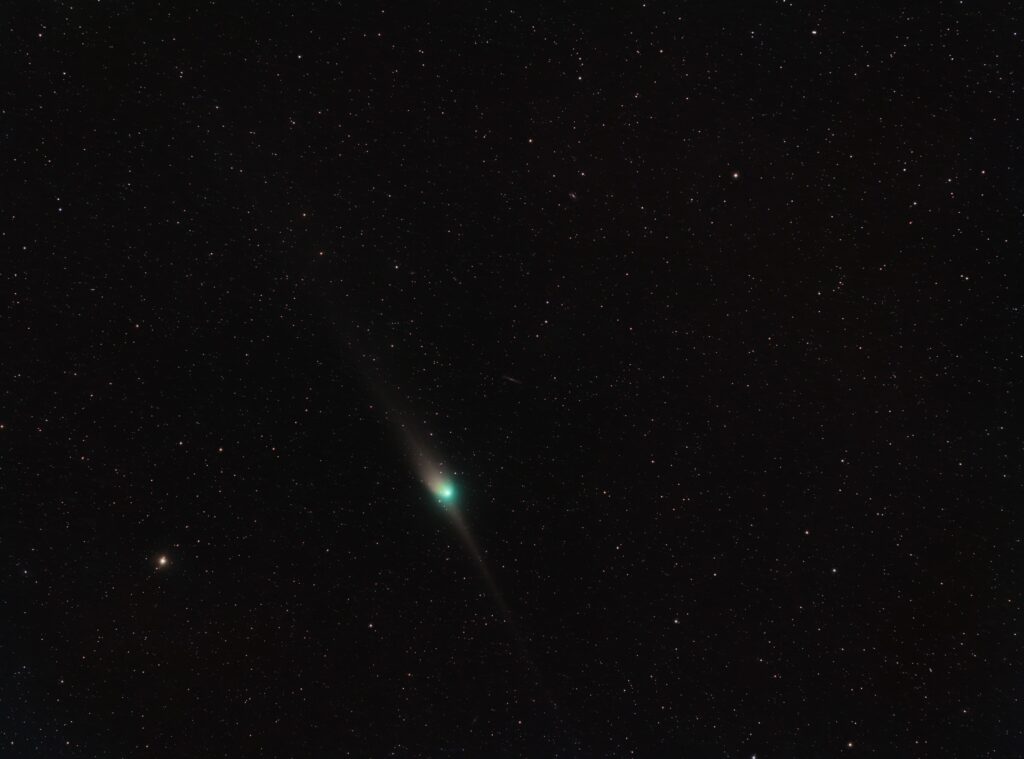
Discovered in March by astronomers using the Zwicky Transient Facility’s wide-field survey camera at the Palomar Observatory in San Diego County, California, Comet C/2022 E3 (ZTF) was last visible in the night sky during the Stone Age — about 50,000 years ago.
Imran Sultan
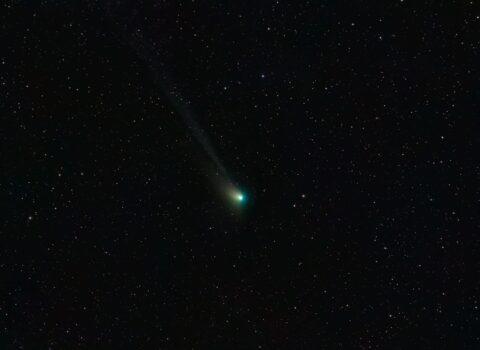

Discovered in March by astronomers using the Zwicky Transient Facility’s wide-field survey camera at the Palomar Observatory in San Diego County, California, Comet C/2022 E3 (ZTF) was last visible in the night sky during the Stone Age — about 50,000 years ago.
Imran Sultan
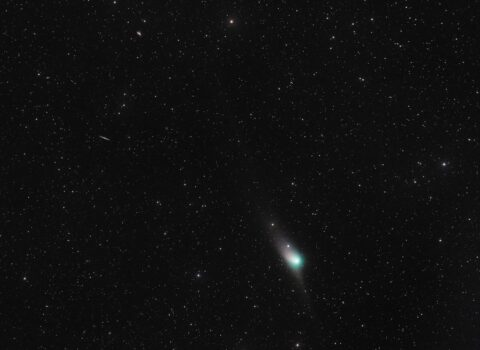
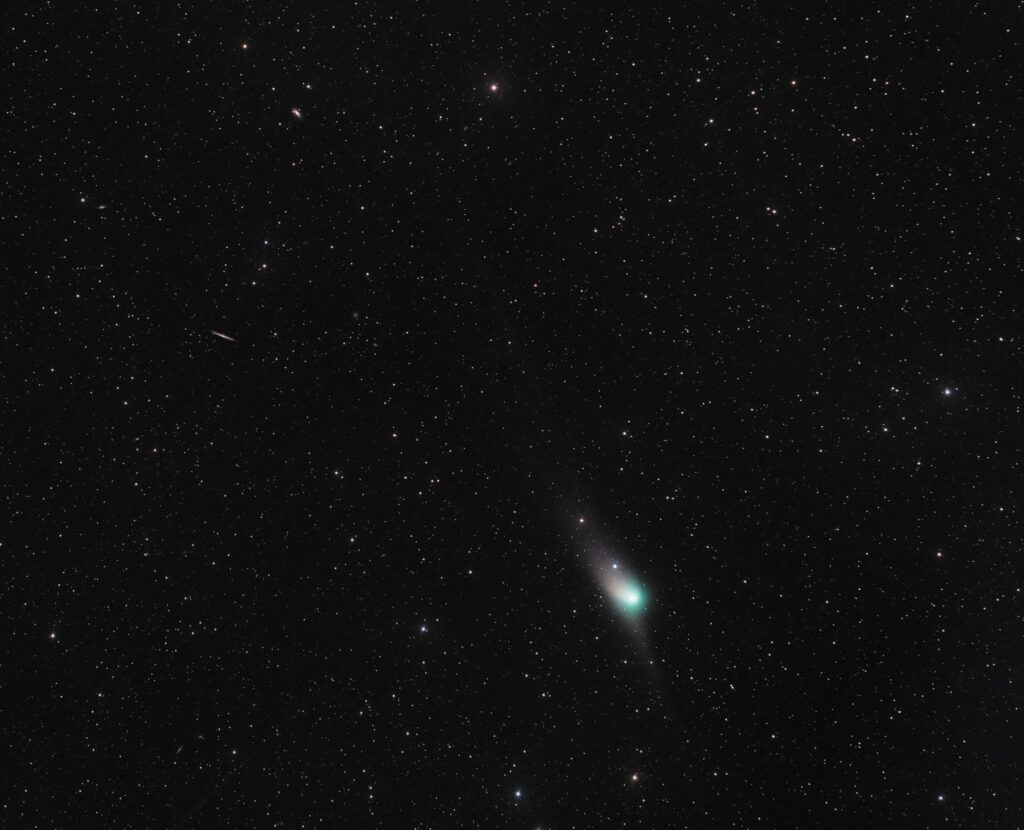
Discovered in March by astronomers using the Zwicky Transient Facility’s wide-field survey camera at the Palomar Observatory in San Diego County, California, Comet C/2022 E3 (ZTF) was last visible in the night sky during the Stone Age — about 50,000 years ago.
Imran Sultan
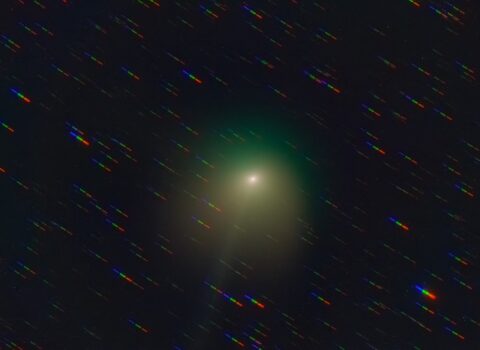
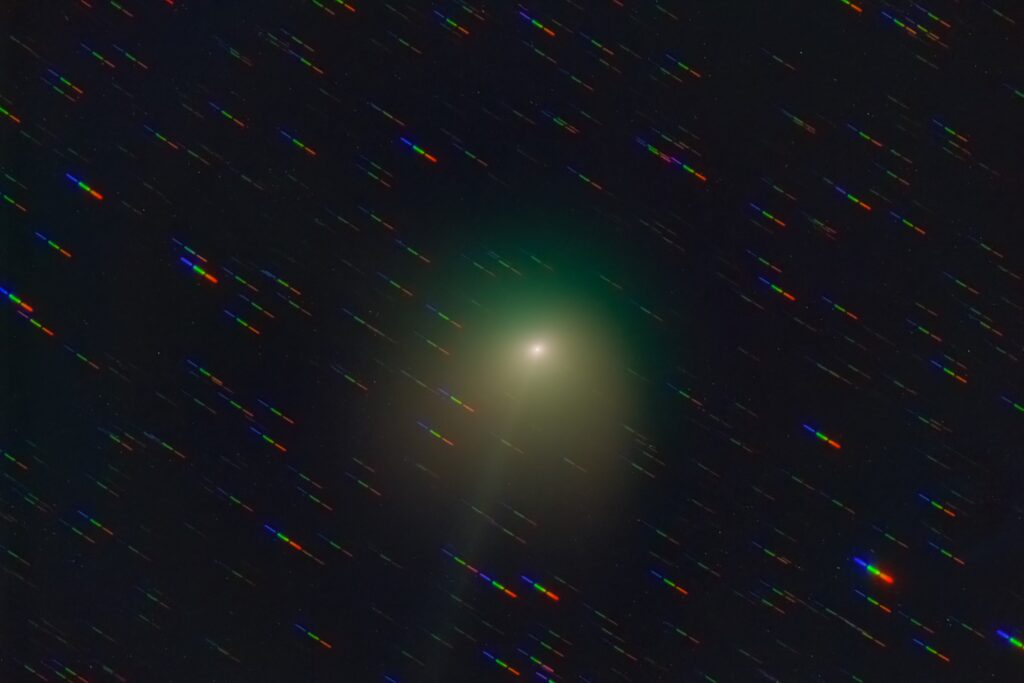
Discovered in March by astronomers using the Zwicky Transient Facility’s wide-field survey camera at the Palomar Observatory in San Diego County, California, Comet C/2022 E3 (ZTF) was last visible in the night sky during the Stone Age — about 50,000 years ago.
Imran Sultan
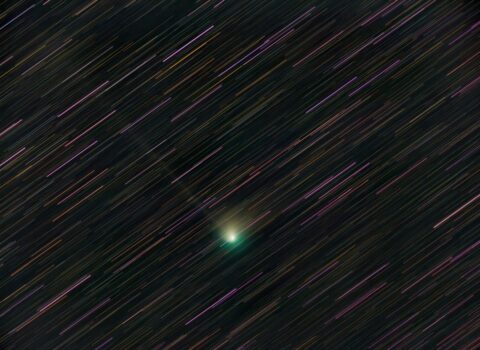
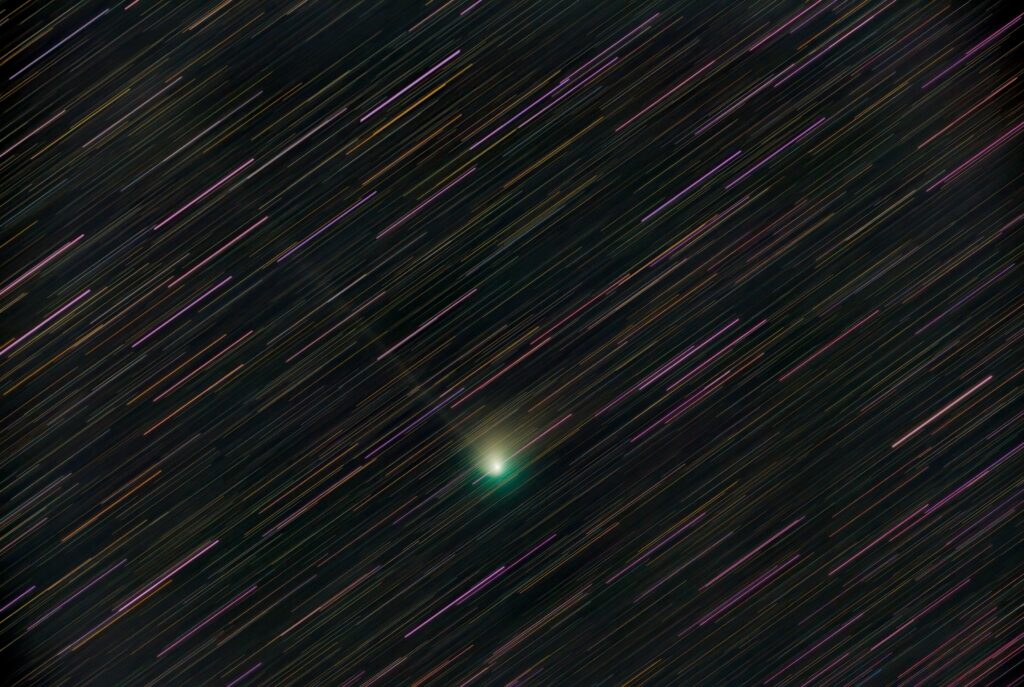
Discovered in March by astronomers using the Zwicky Transient Facility’s wide-field survey camera at the Palomar Observatory in San Diego County, California, Comet C/2022 E3 (ZTF) was last visible in the night sky during the Stone Age — about 50,000 years ago.
Imran Sultan

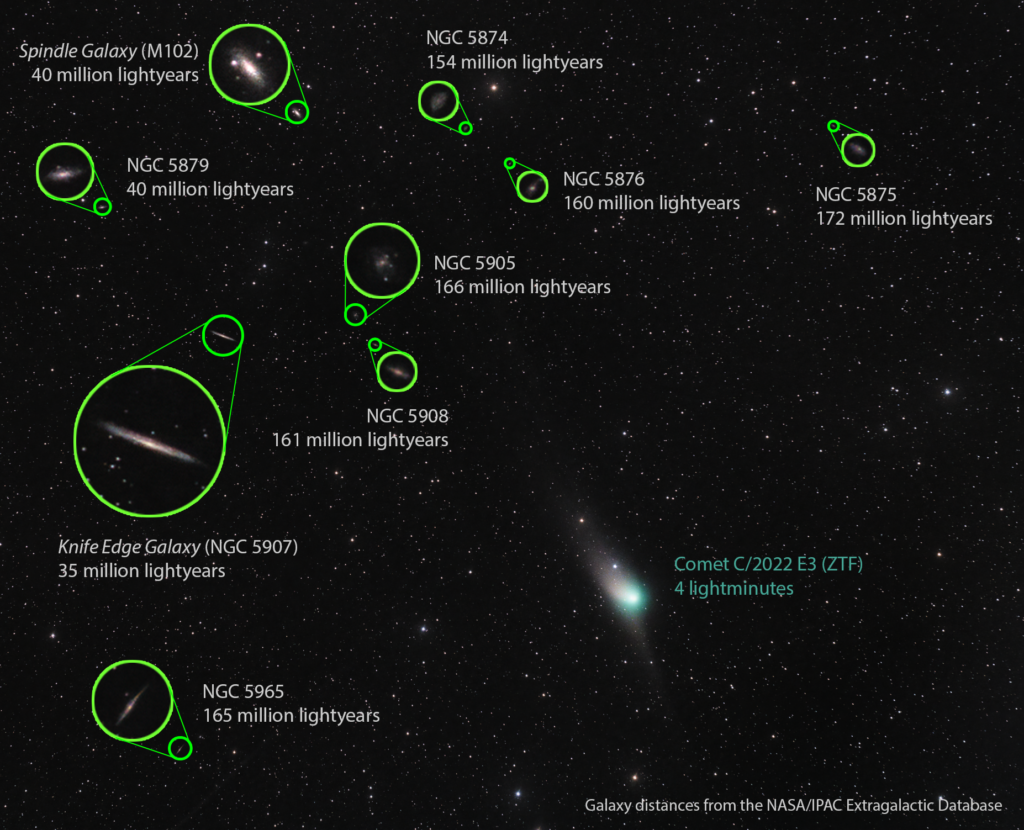
Discovered in March by astronomers using the Zwicky Transient Facility’s wide-field survey camera at the Palomar Observatory in San Diego County, California, Comet C/2022 E3 (ZTF) was last visible in the night sky during the Stone Age — about 50,000 years ago.
Imran Sultan
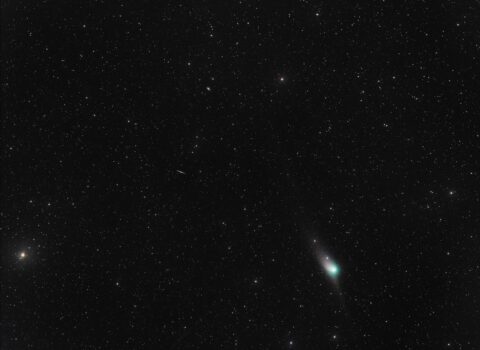

Discovered in March by astronomers using the Zwicky Transient Facility’s wide-field survey camera at the Palomar Observatory in San Diego County, California, Comet C/2022 E3 (ZTF) was last visible in the night sky during the Stone Age — about 50,000 years ago.
Imran Sultan
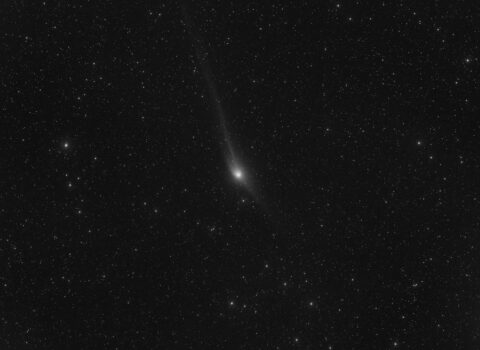
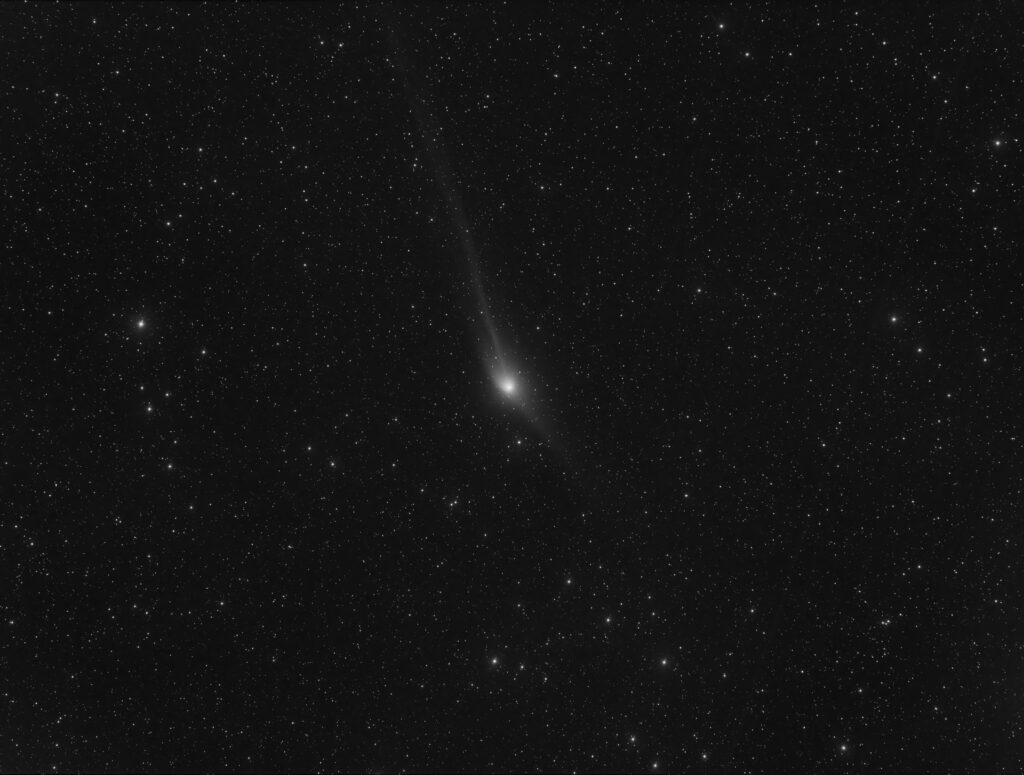
Discovered in March by astronomers using the Zwicky Transient Facility’s wide-field survey camera at the Palomar Observatory in San Diego County, California, Comet C/2022 E3 (ZTF) was last visible in the night sky during the Stone Age — about 50,000 years ago.
Imran Sultan
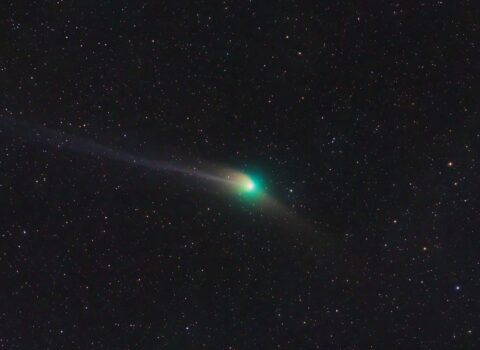
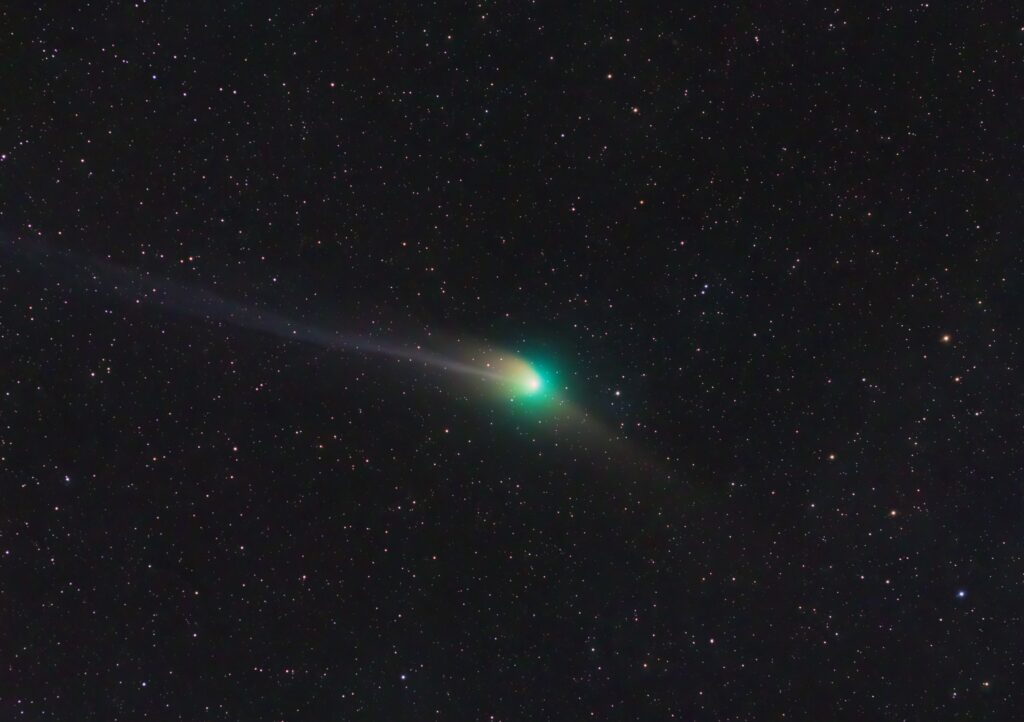
Discovered in March by astronomers using the Zwicky Transient Facility’s wide-field survey camera at the Palomar Observatory in San Diego County, California, Comet C/2022 E3 (ZTF) was last visible in the night sky during the Stone Age — about 50,000 years ago.
Imran Sultan
